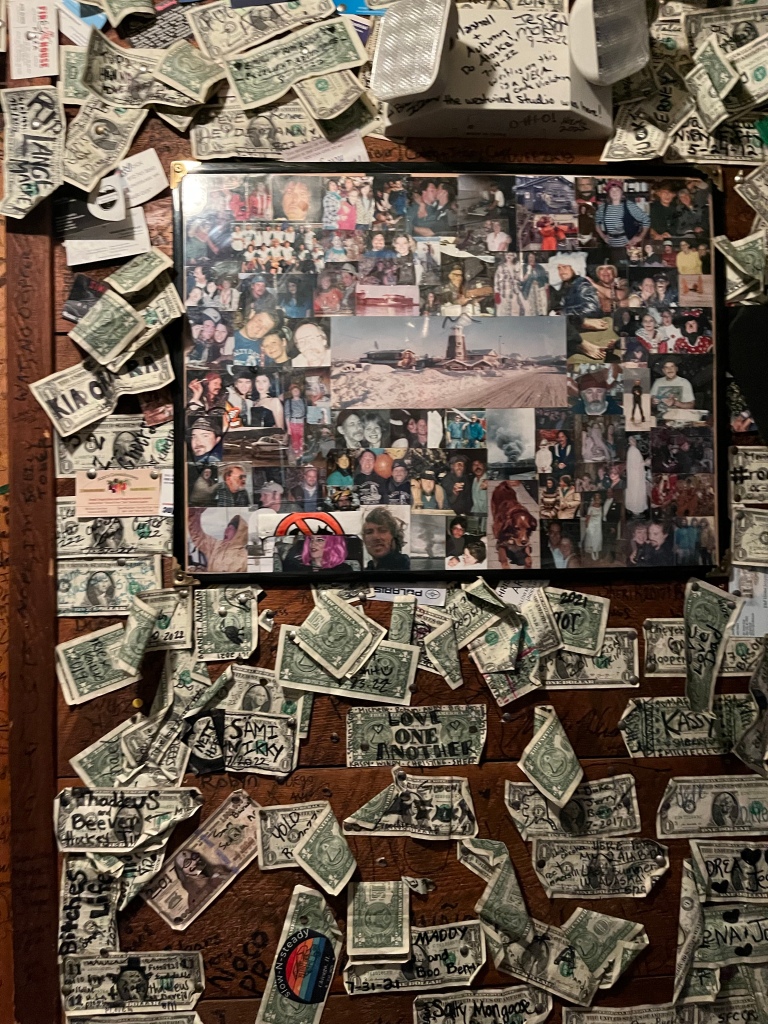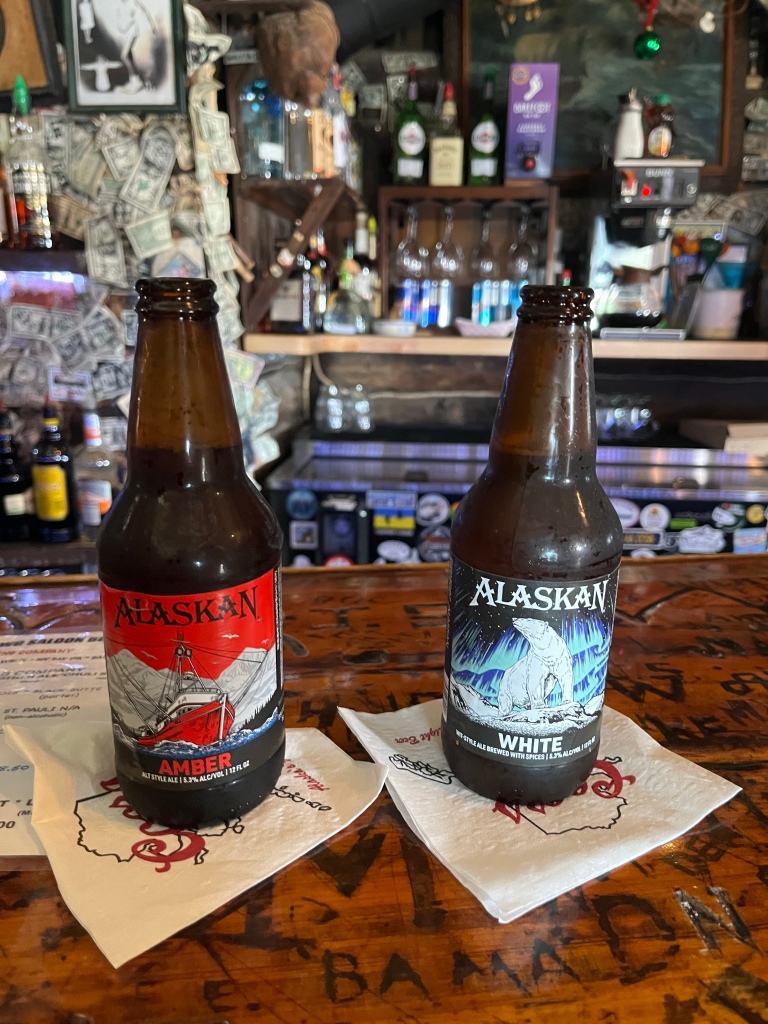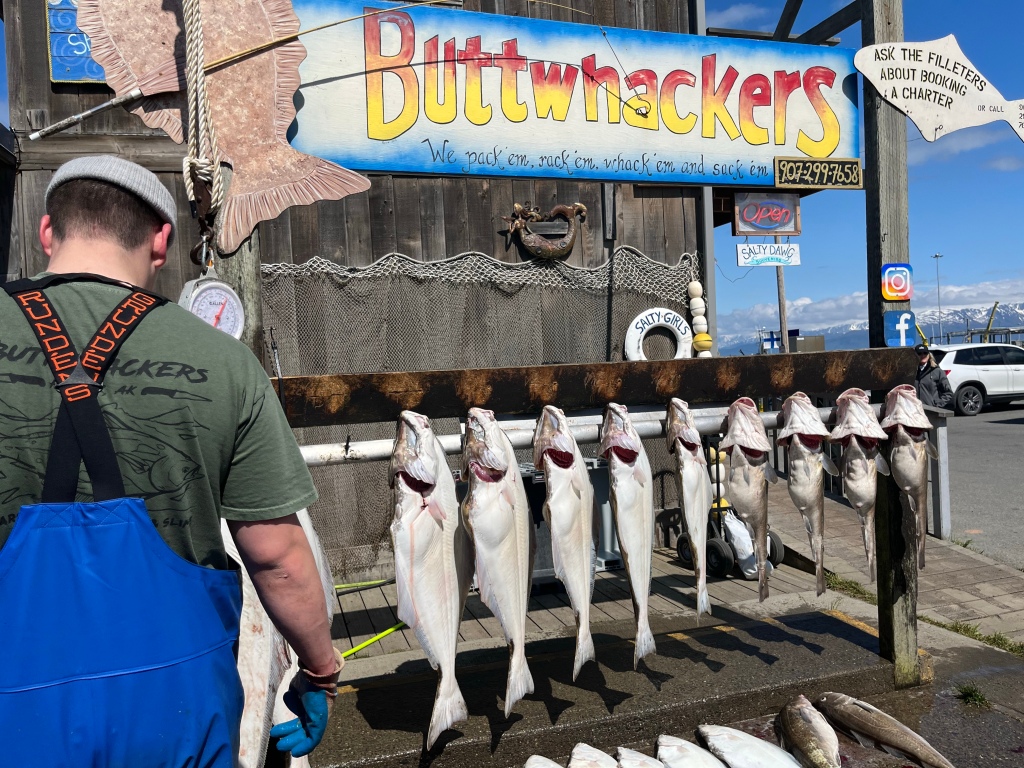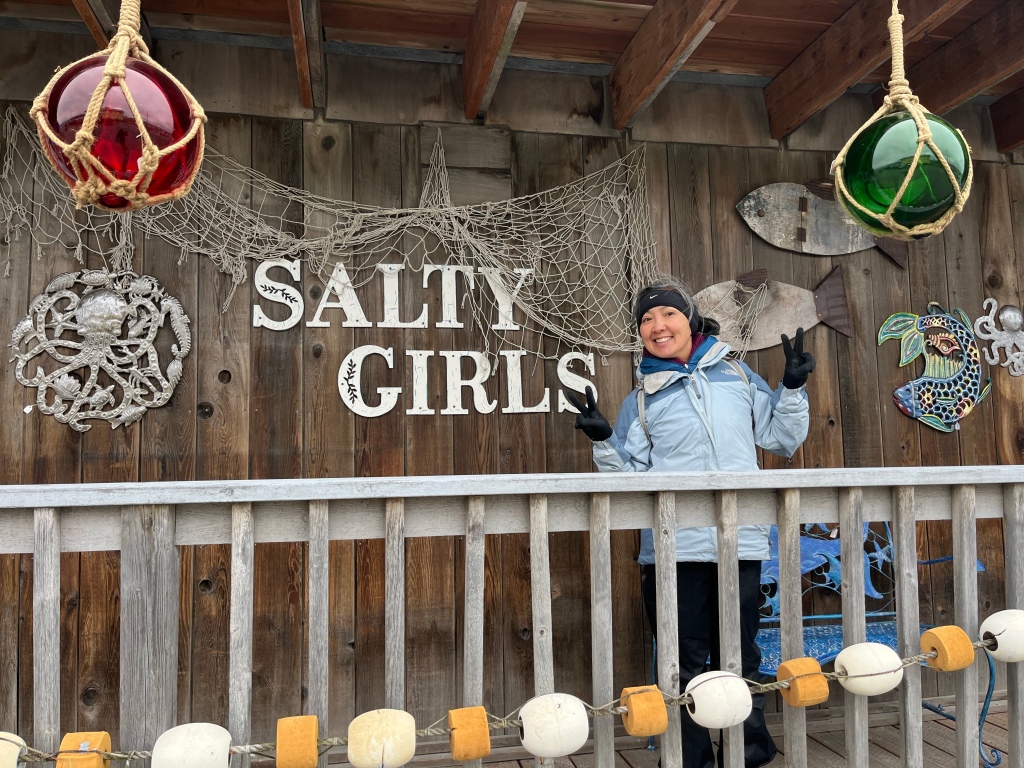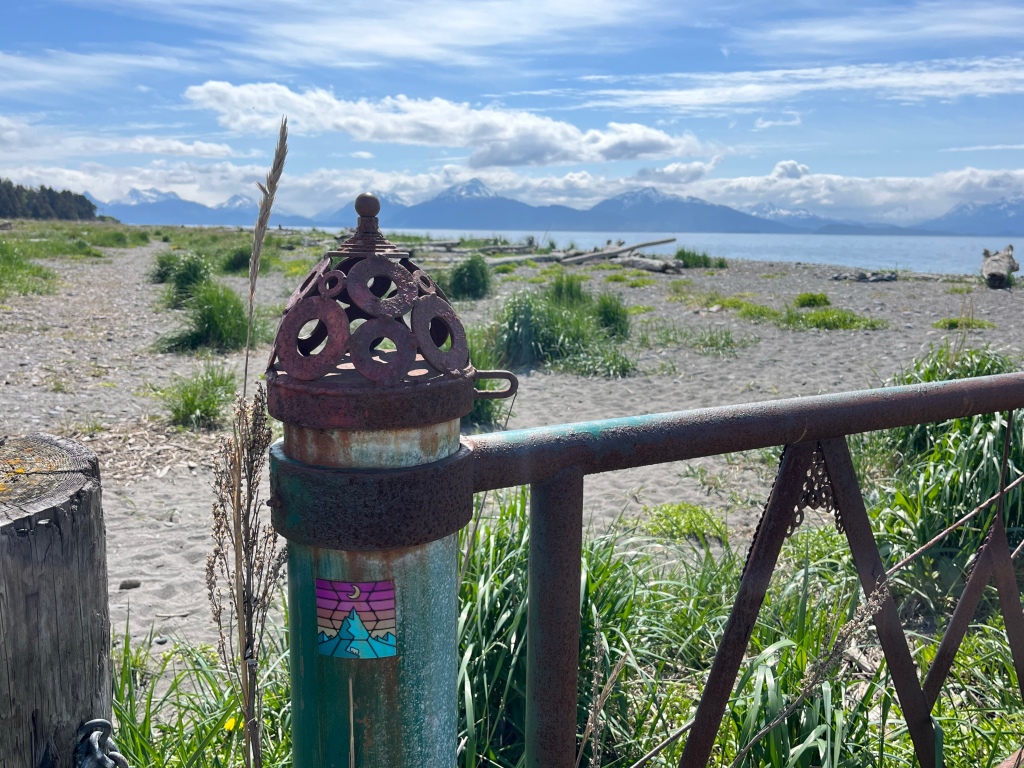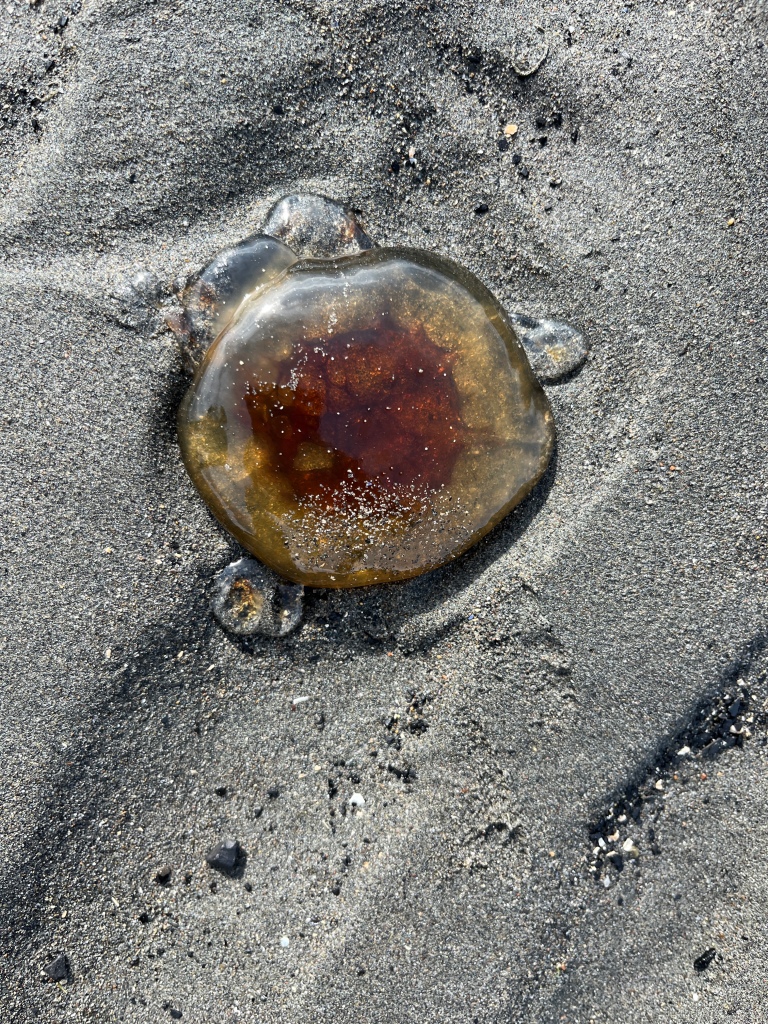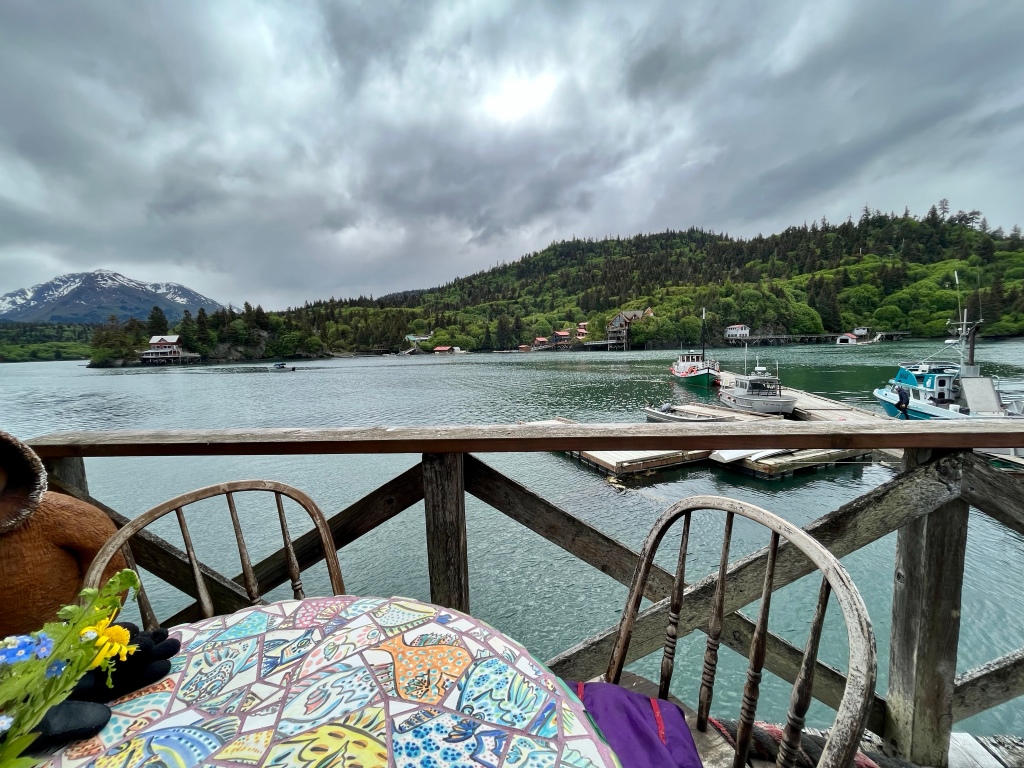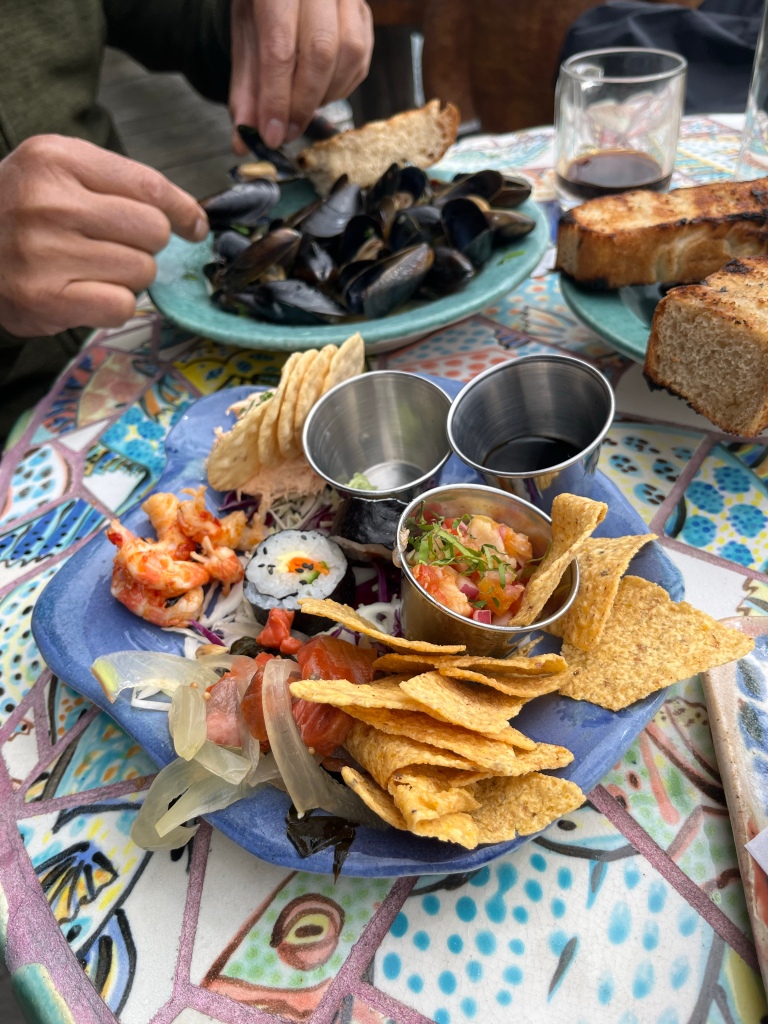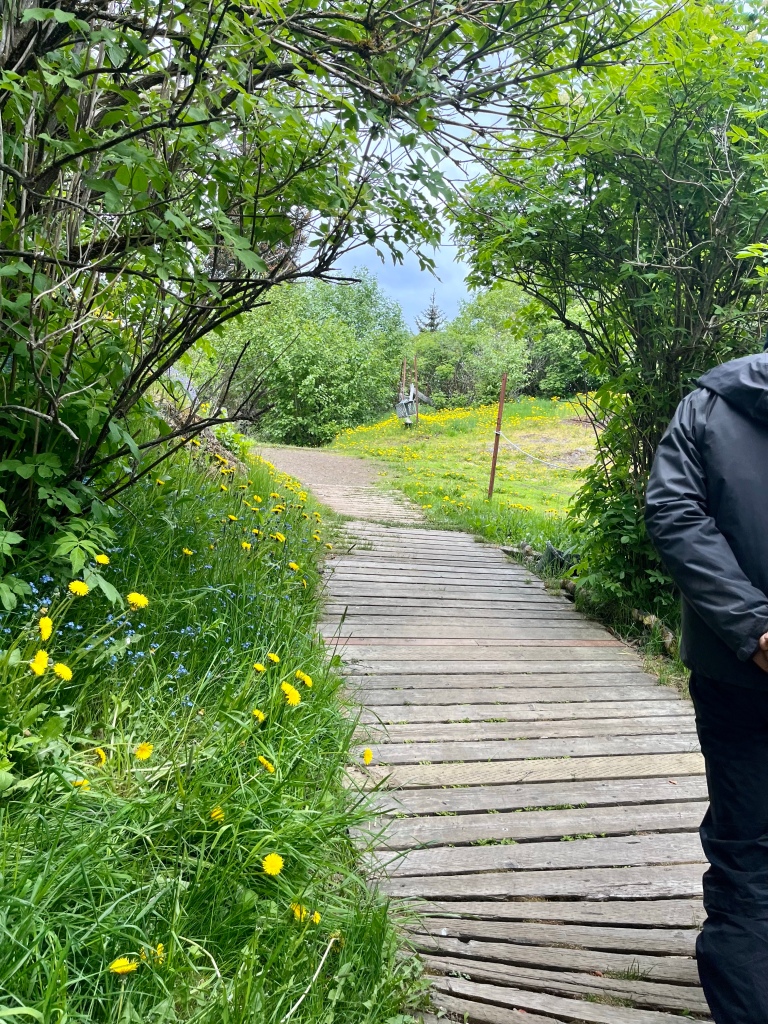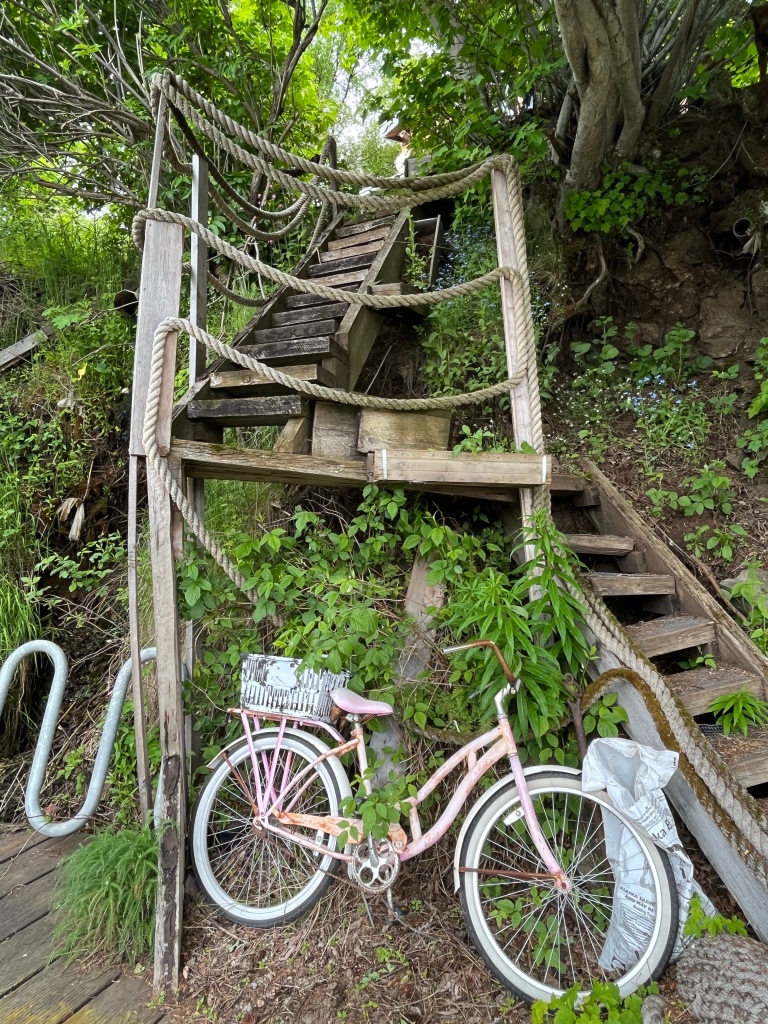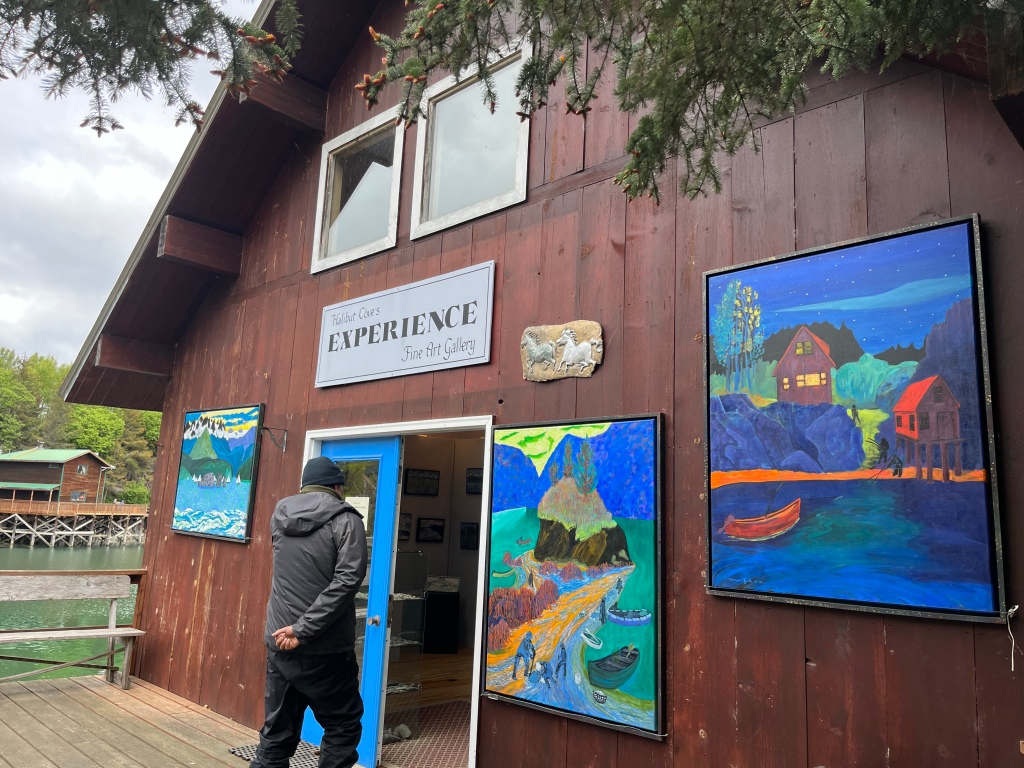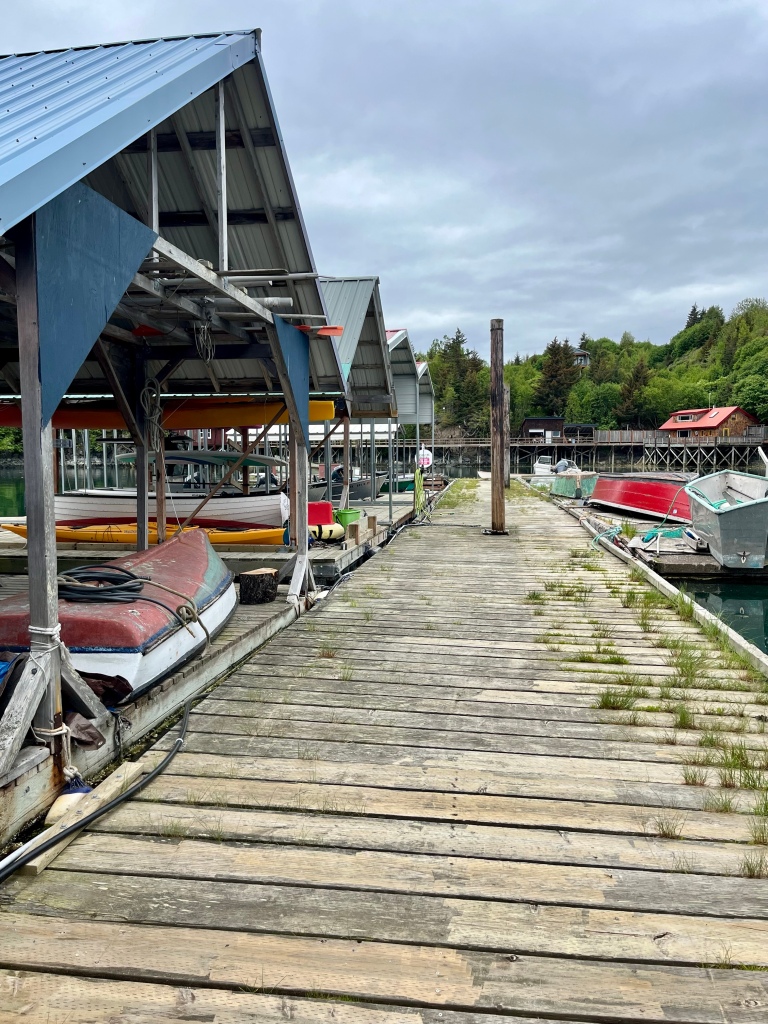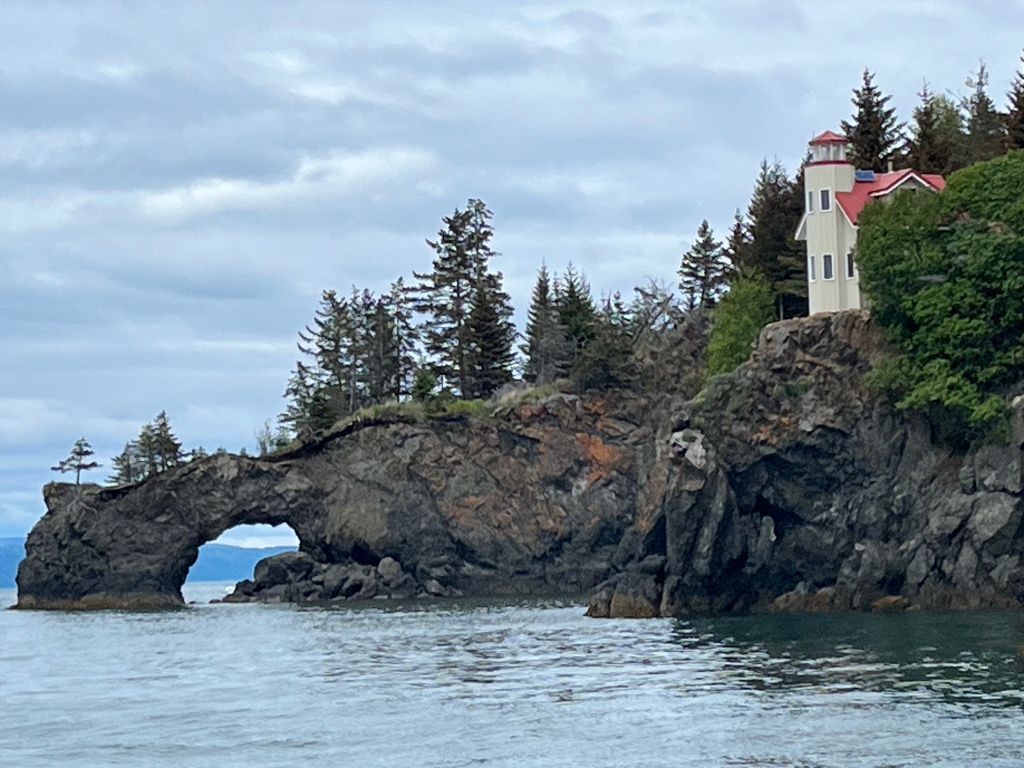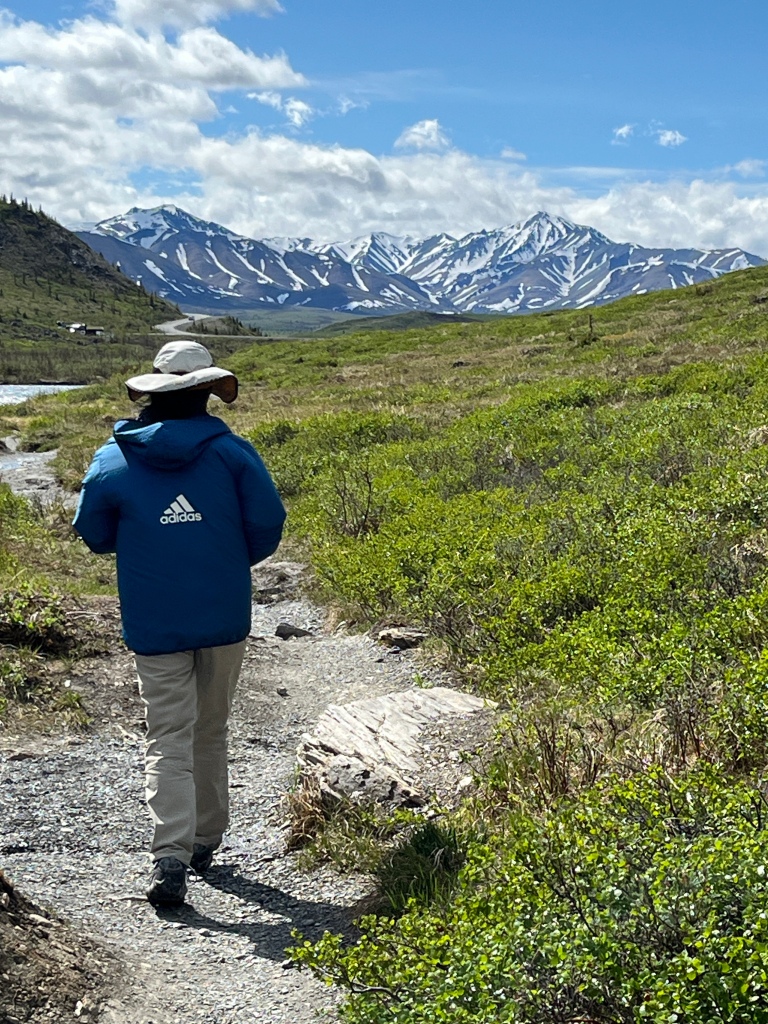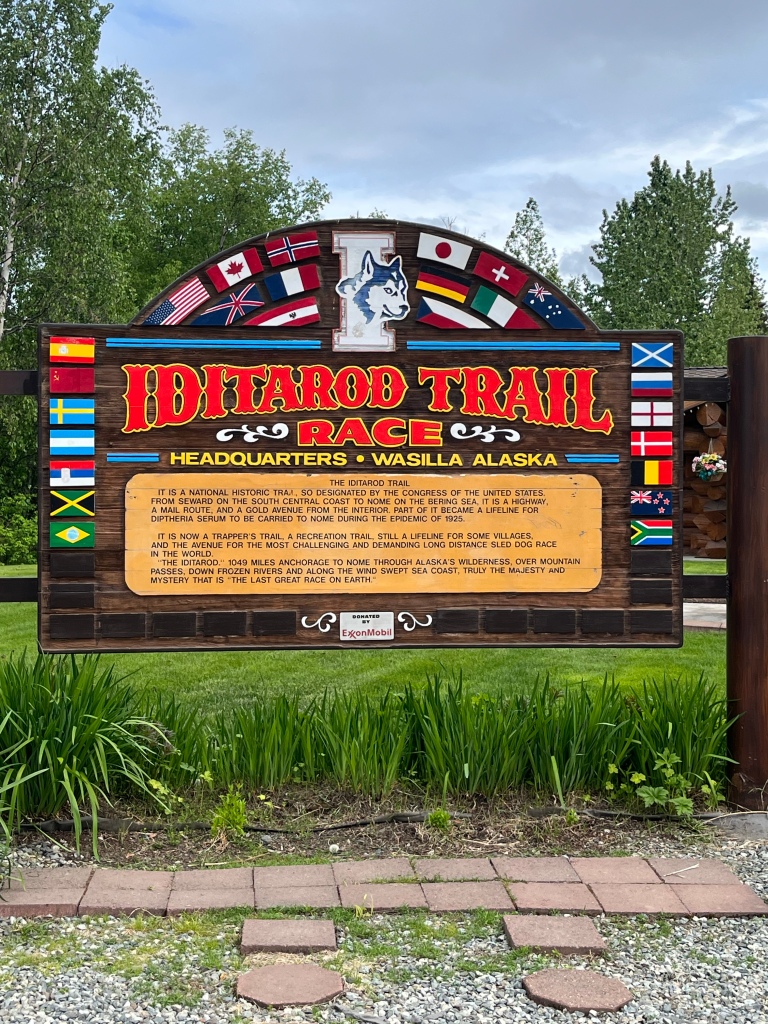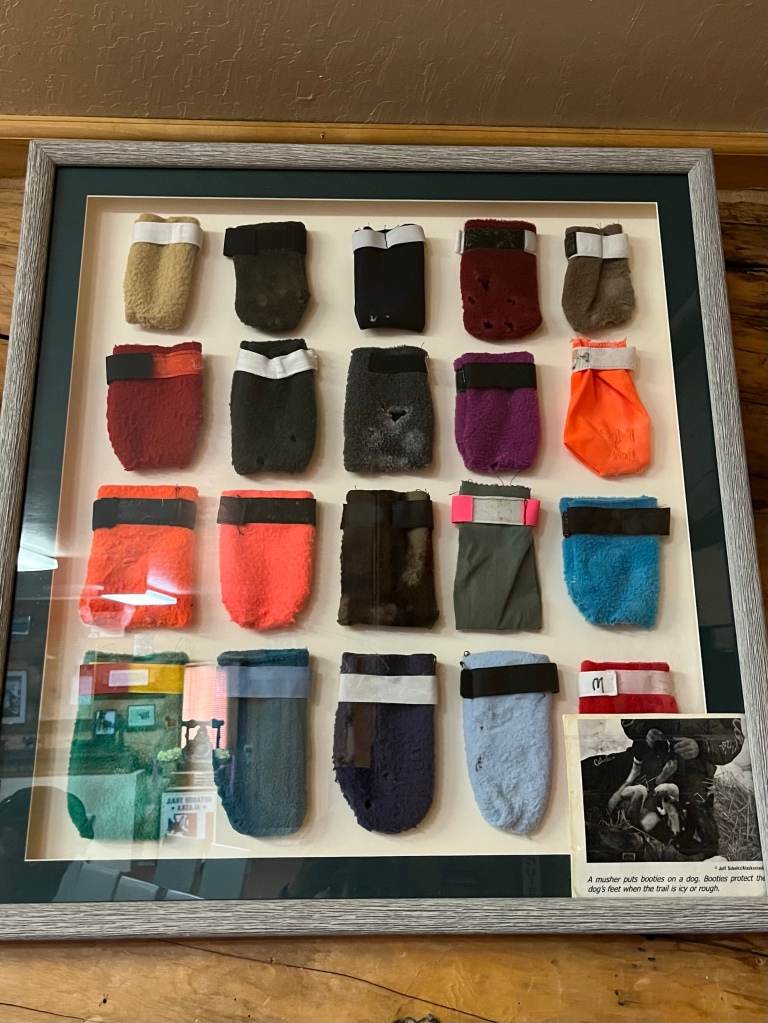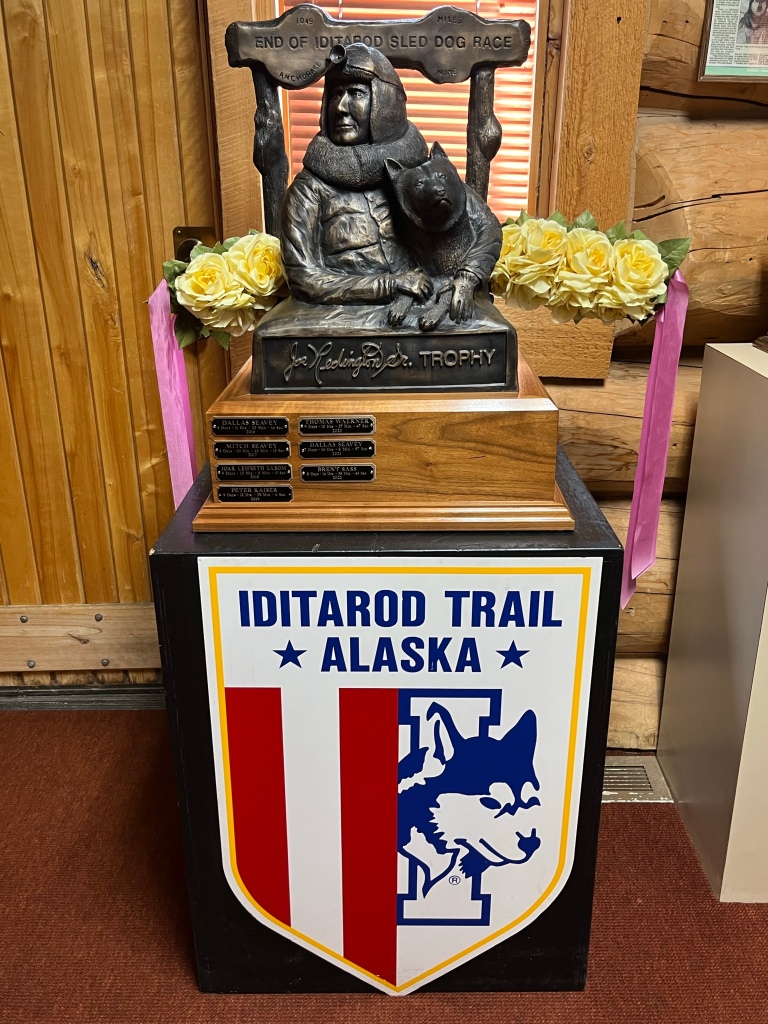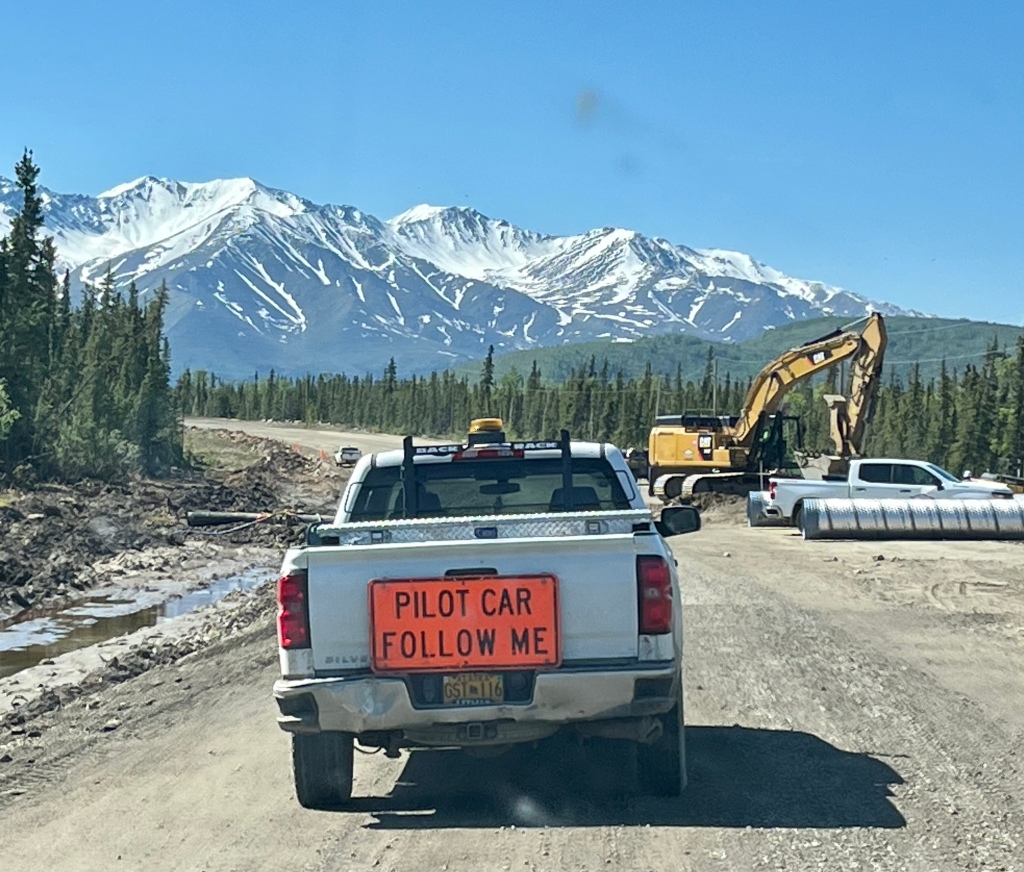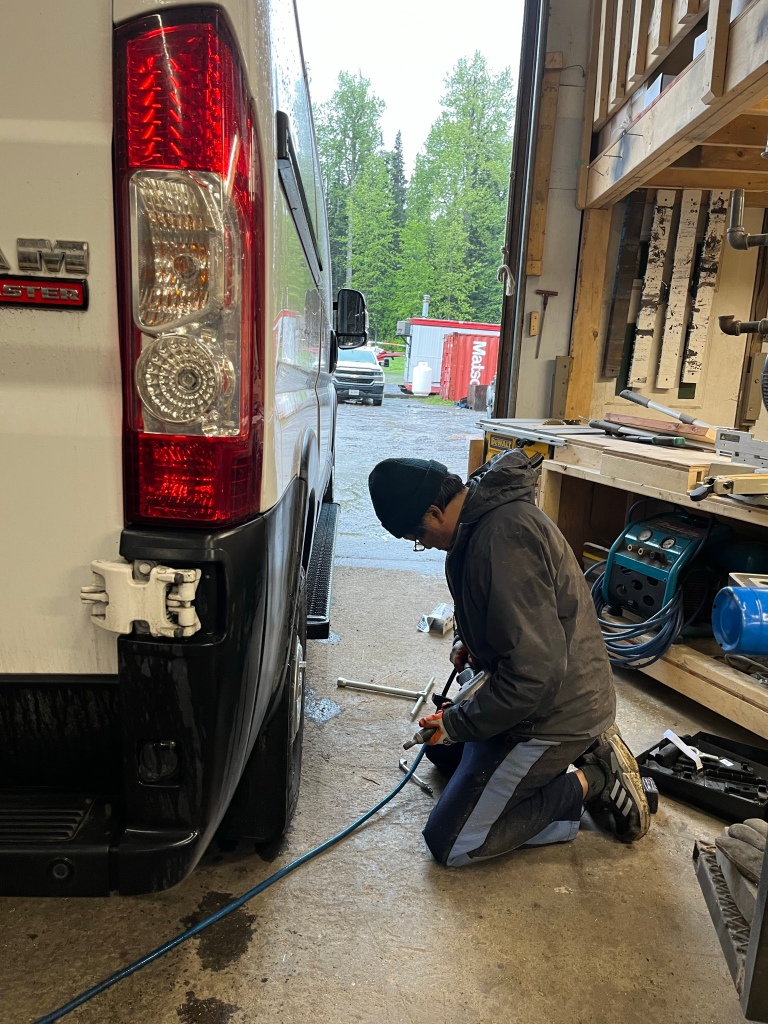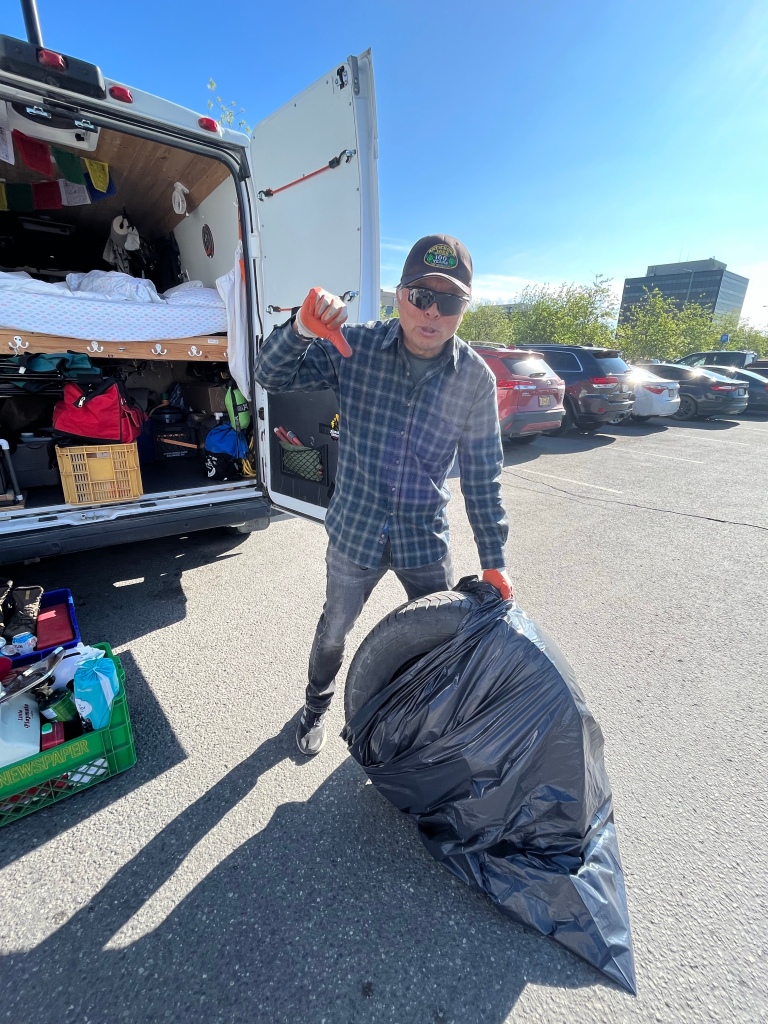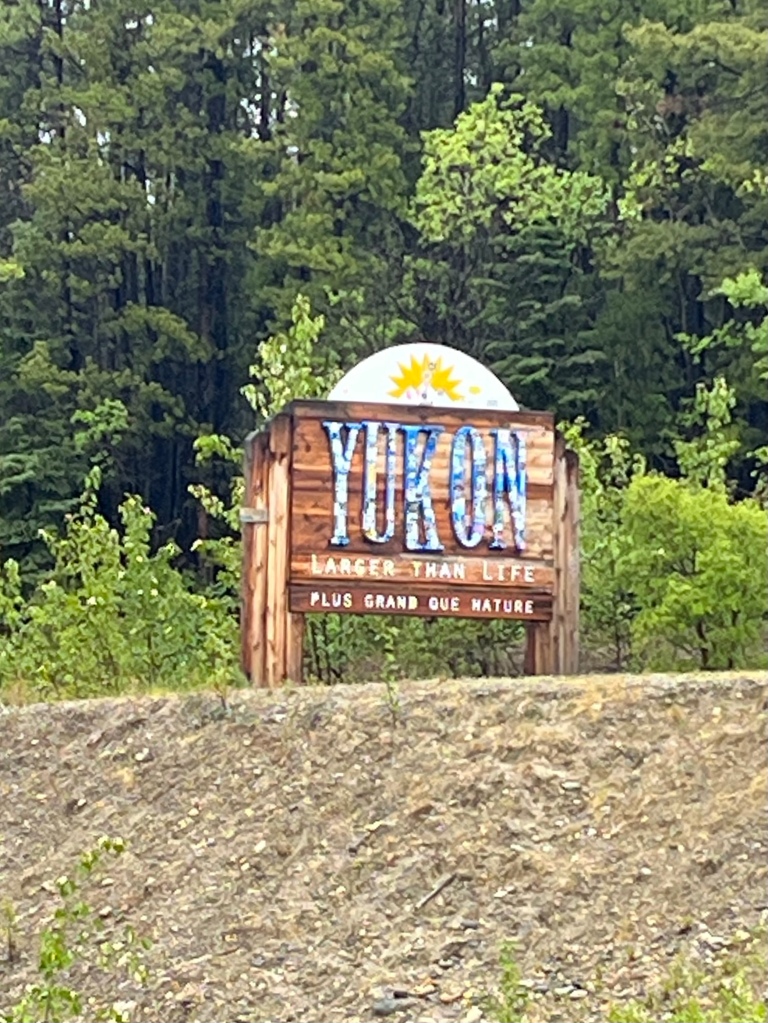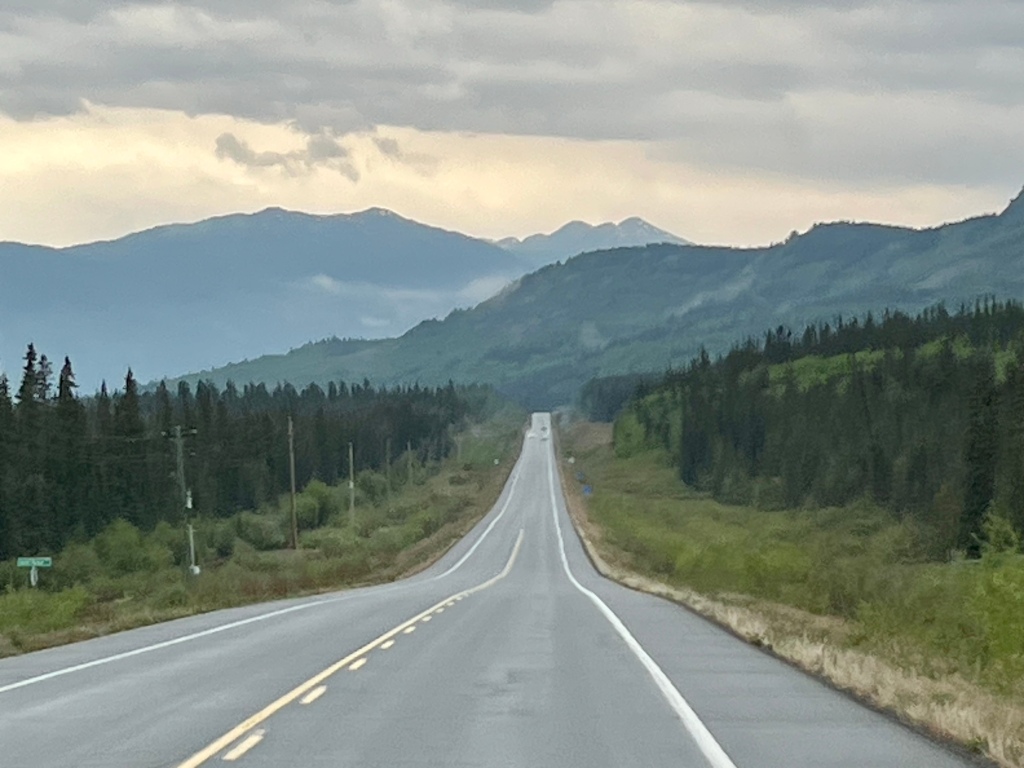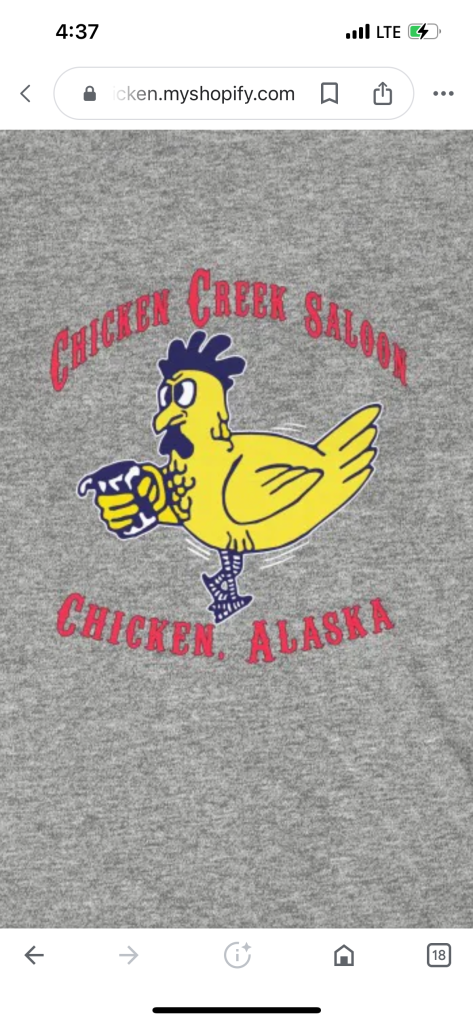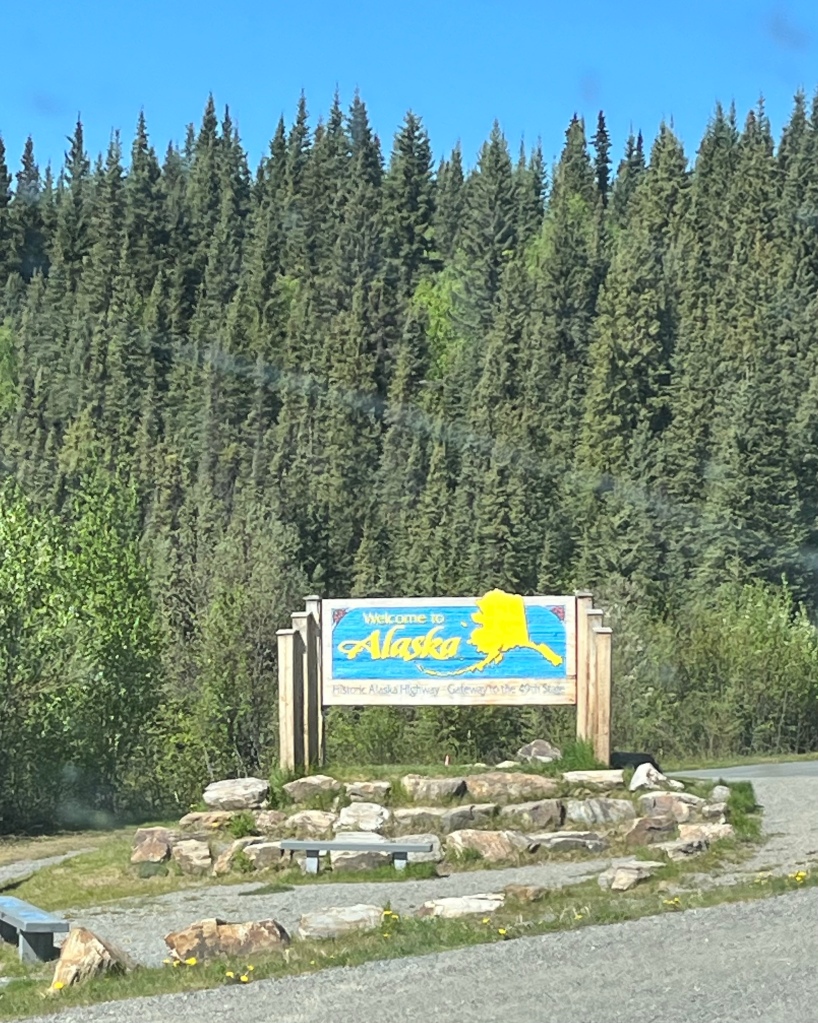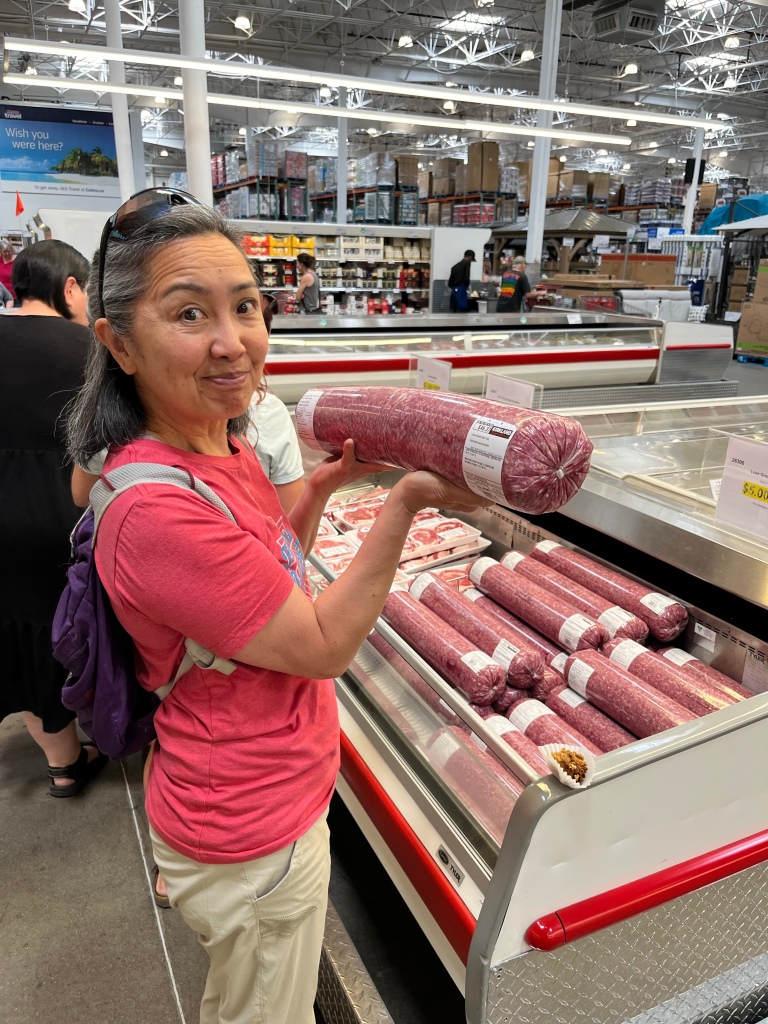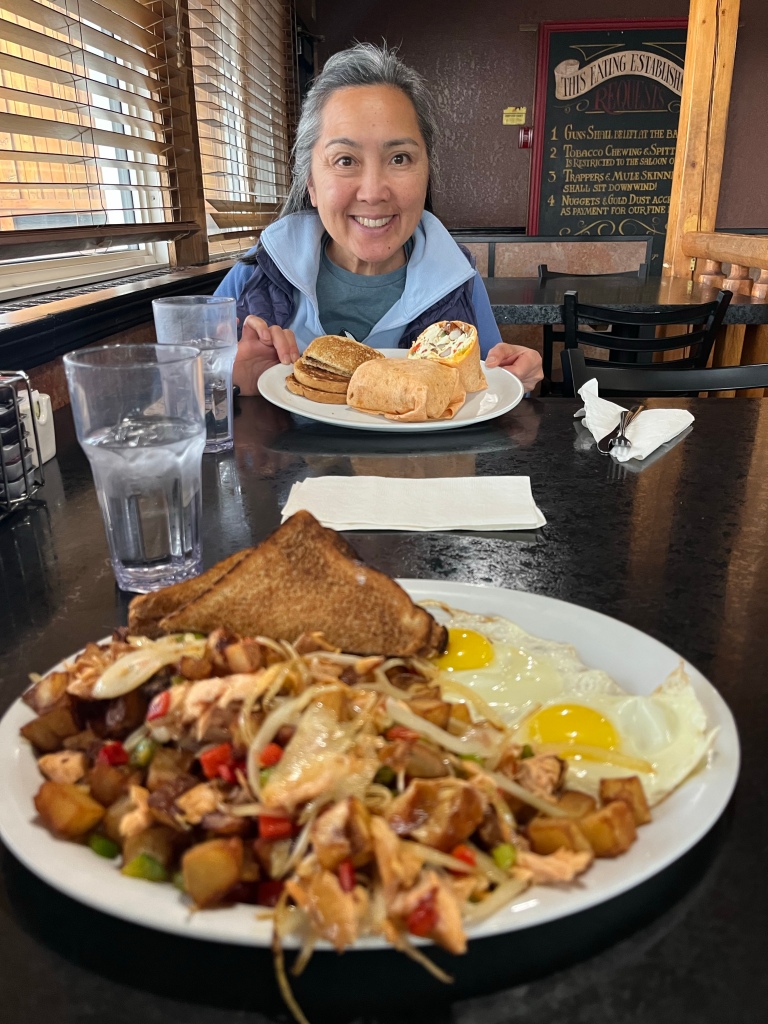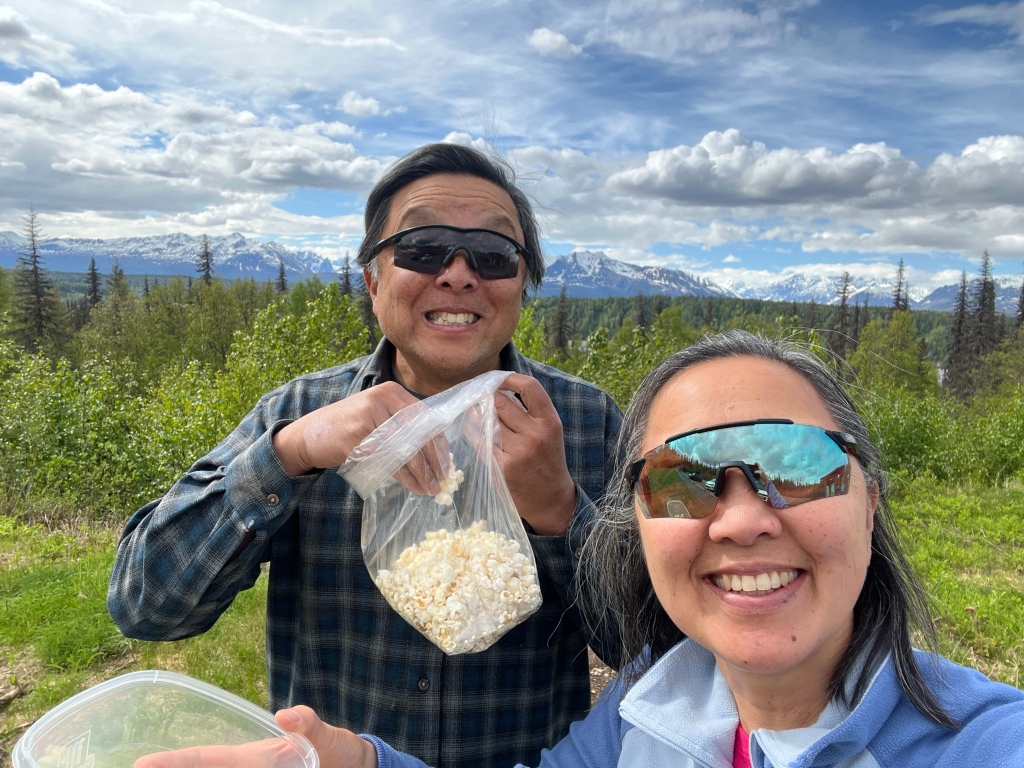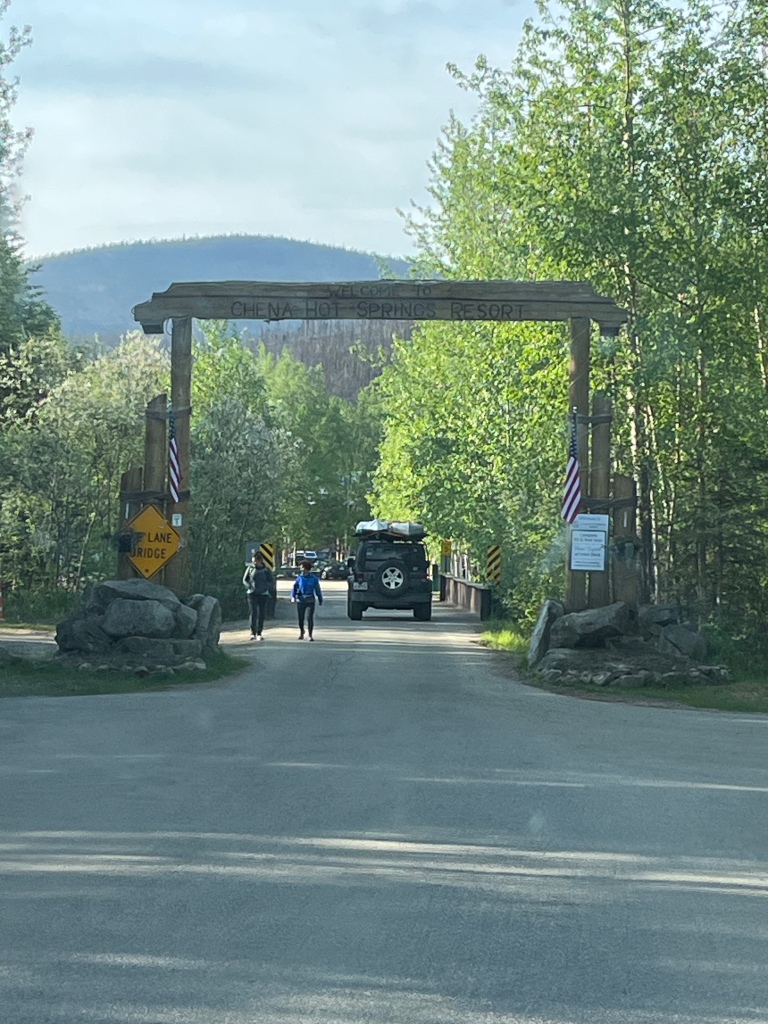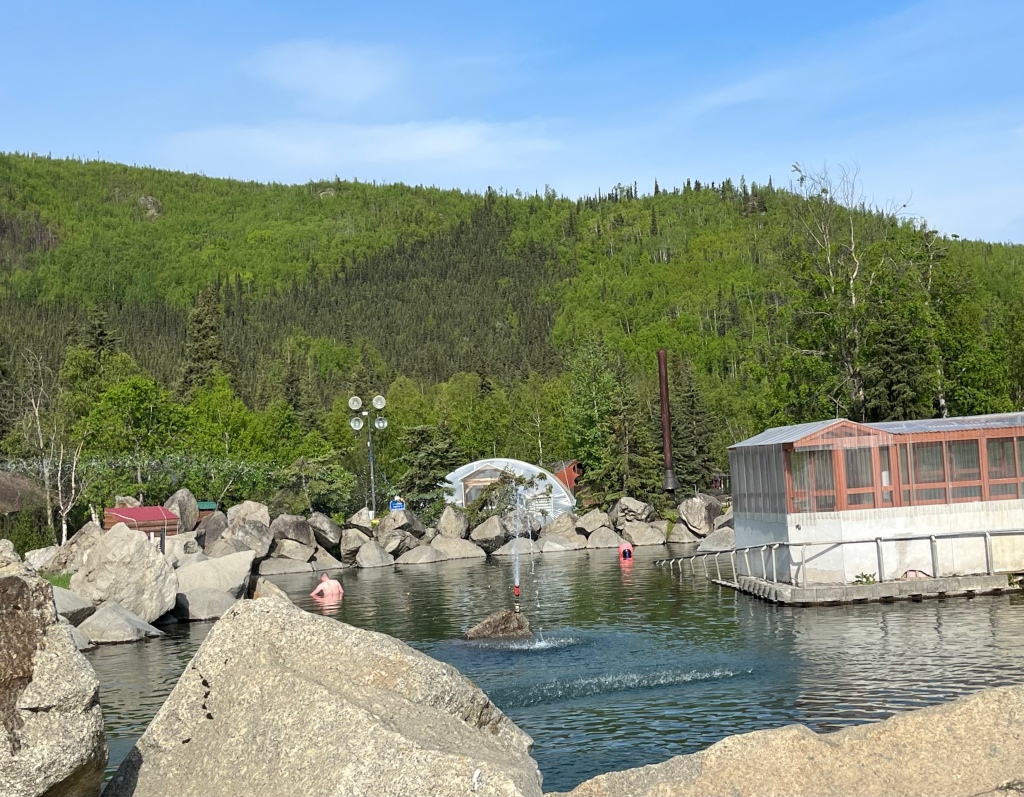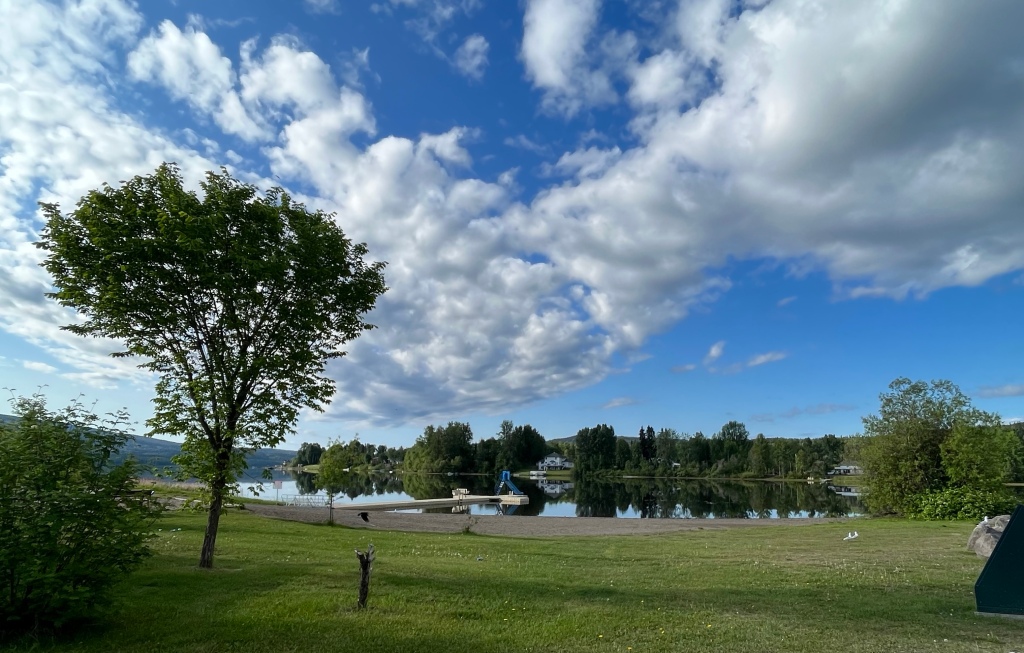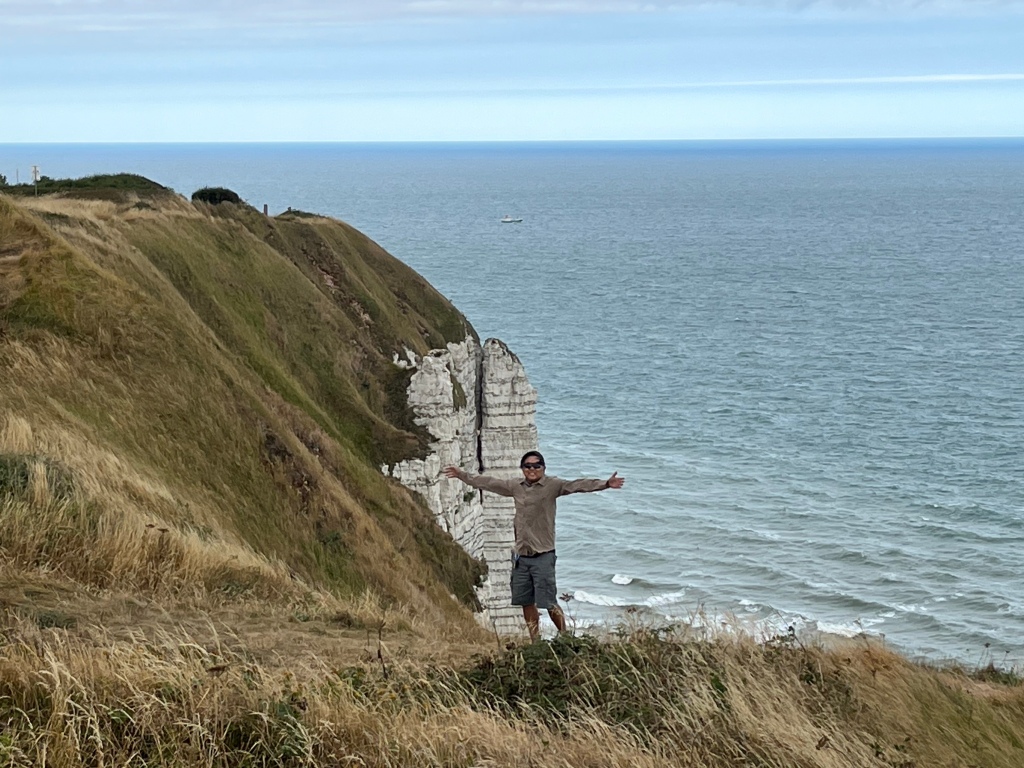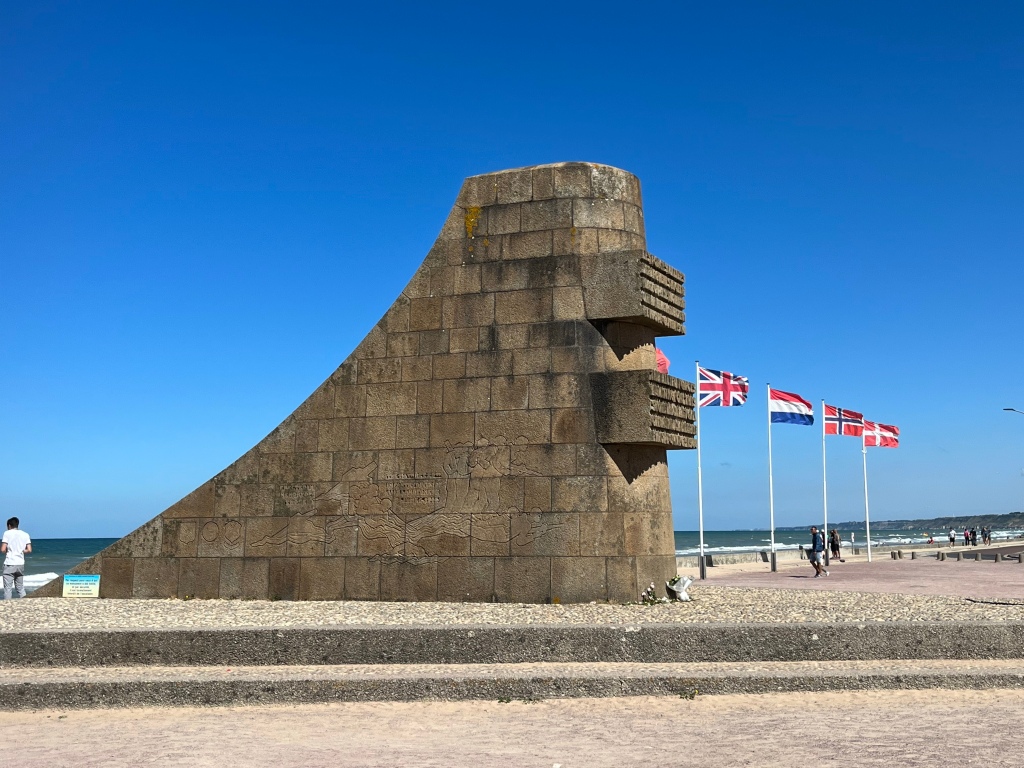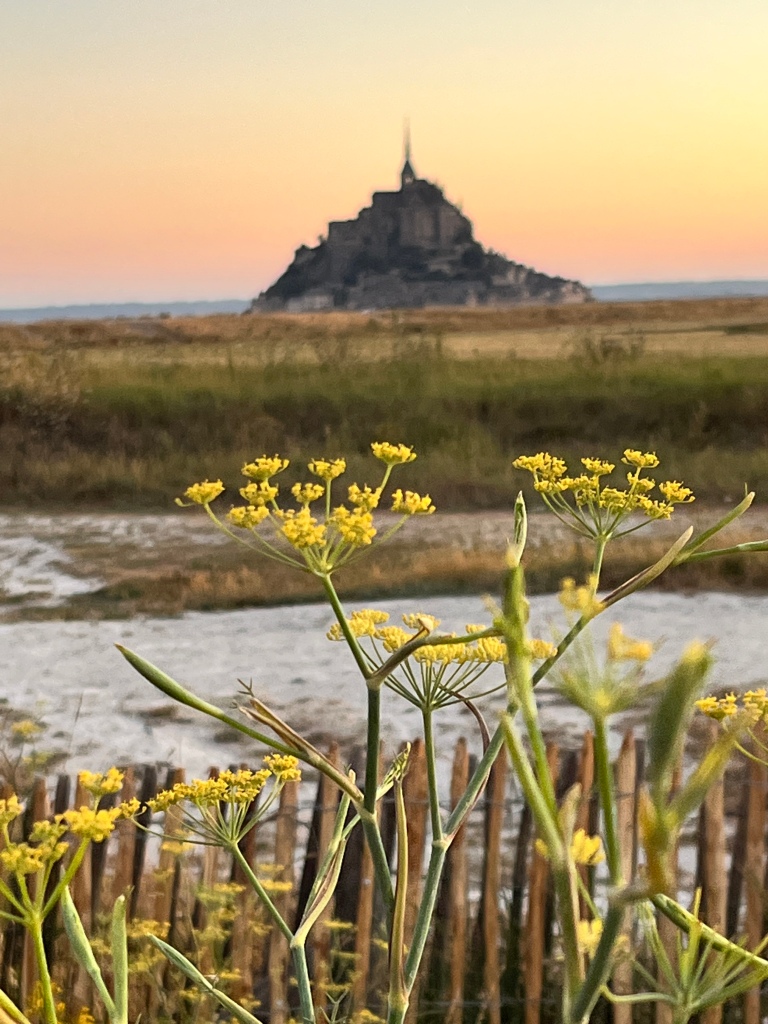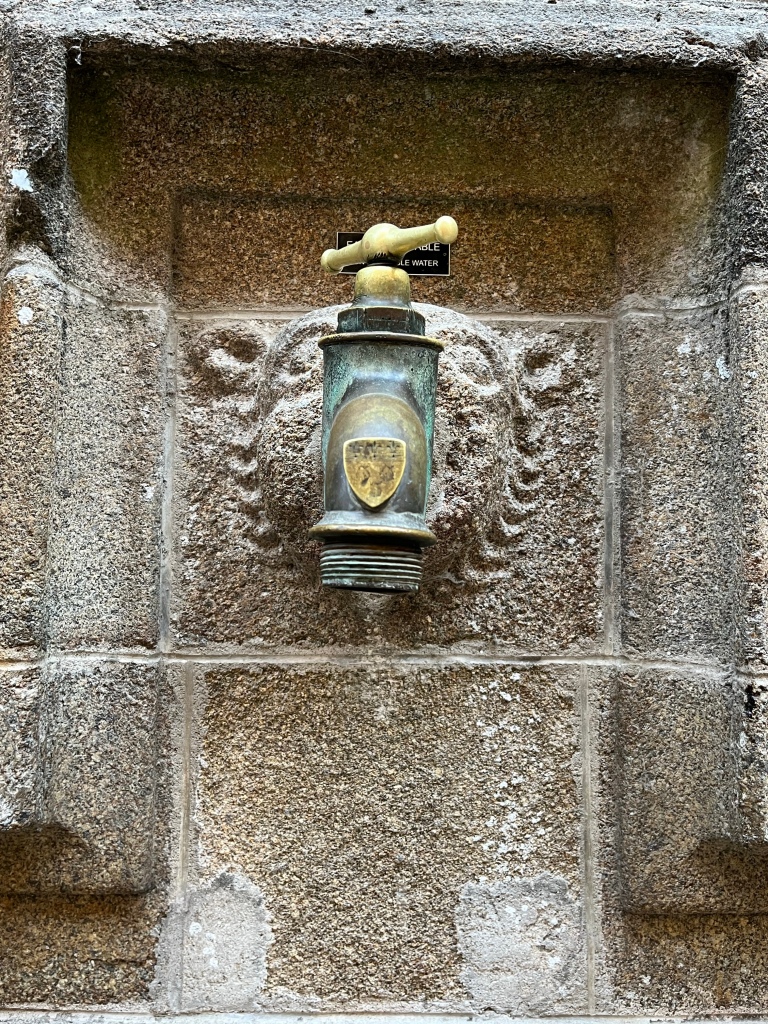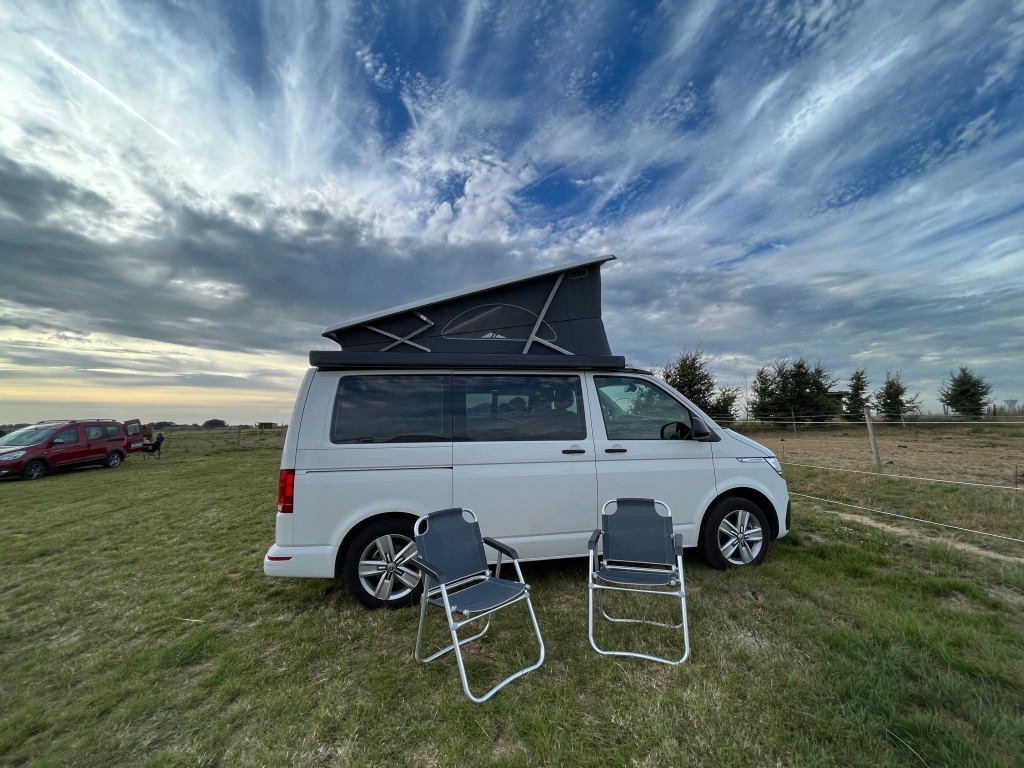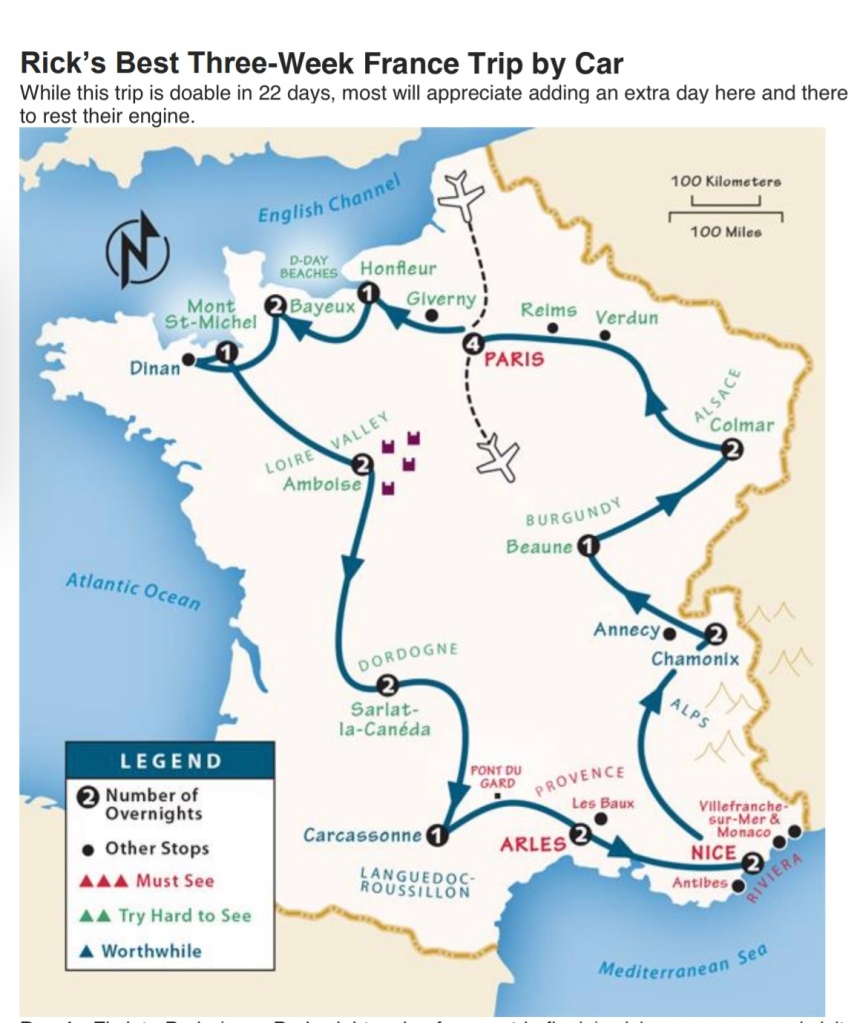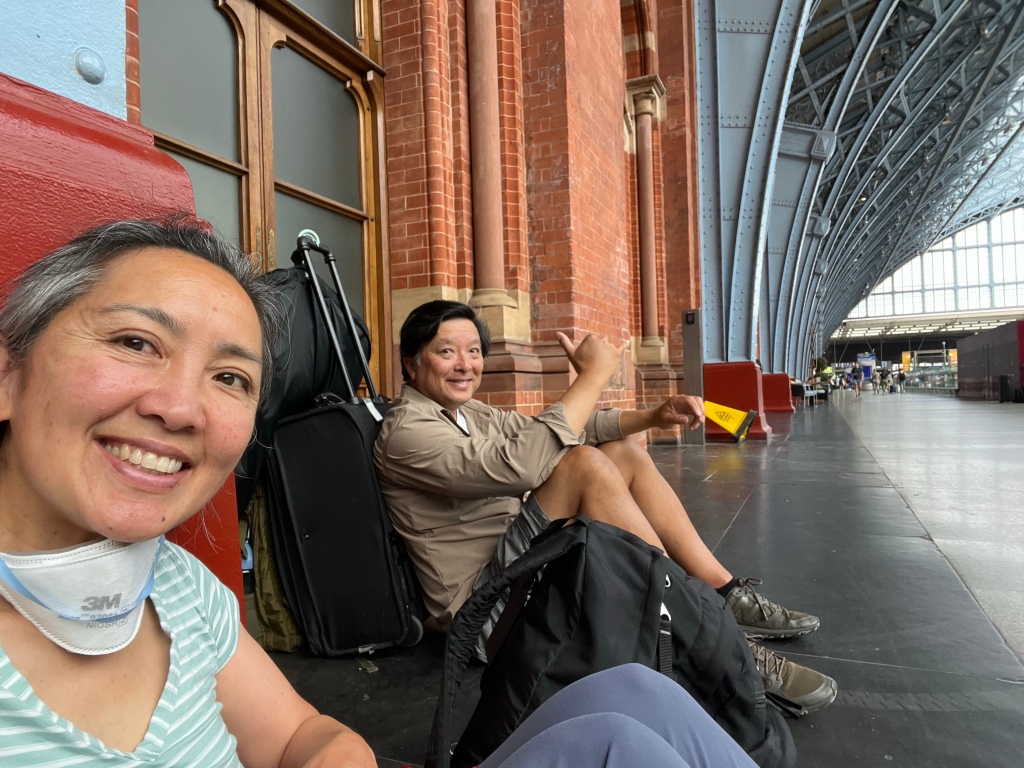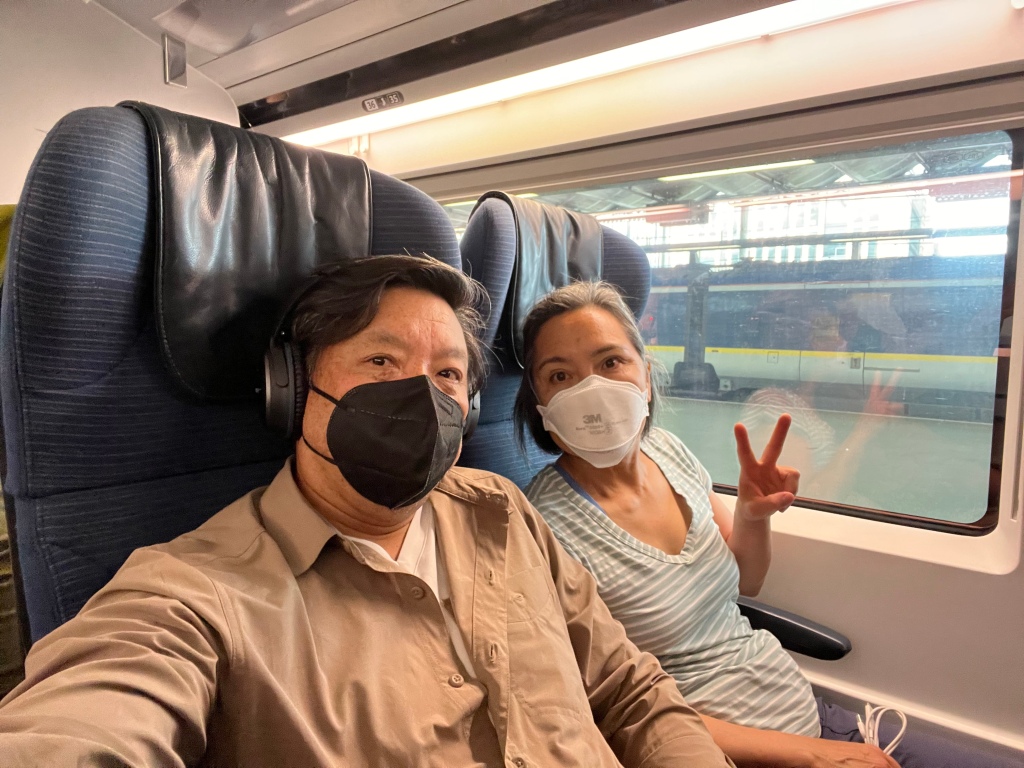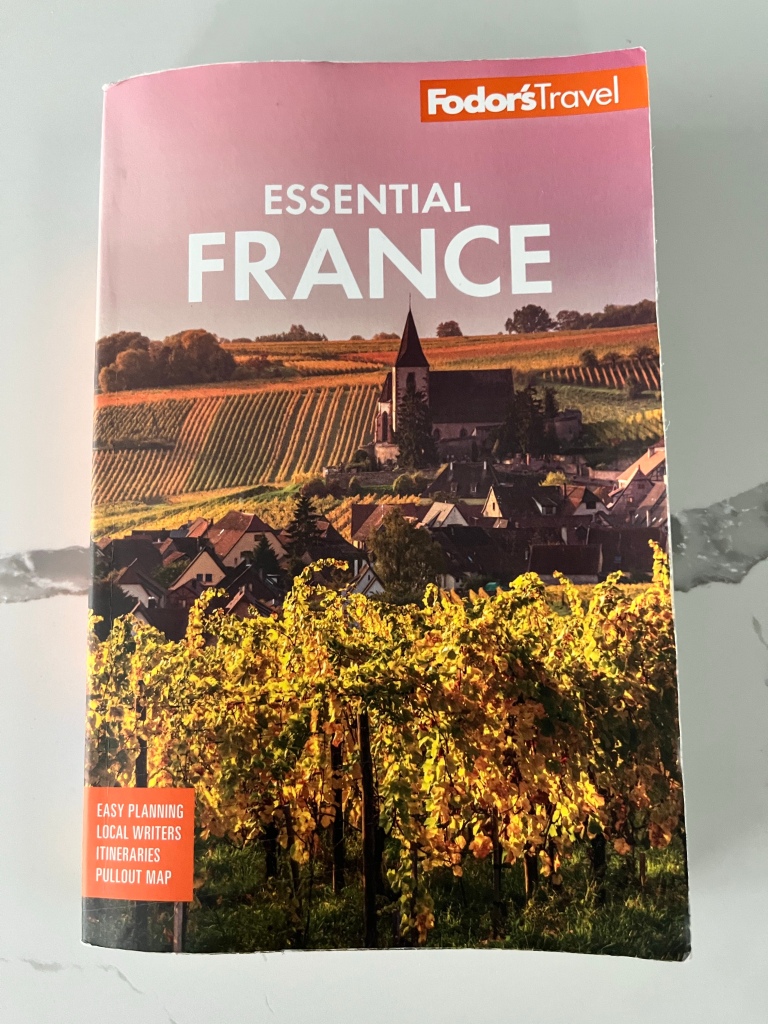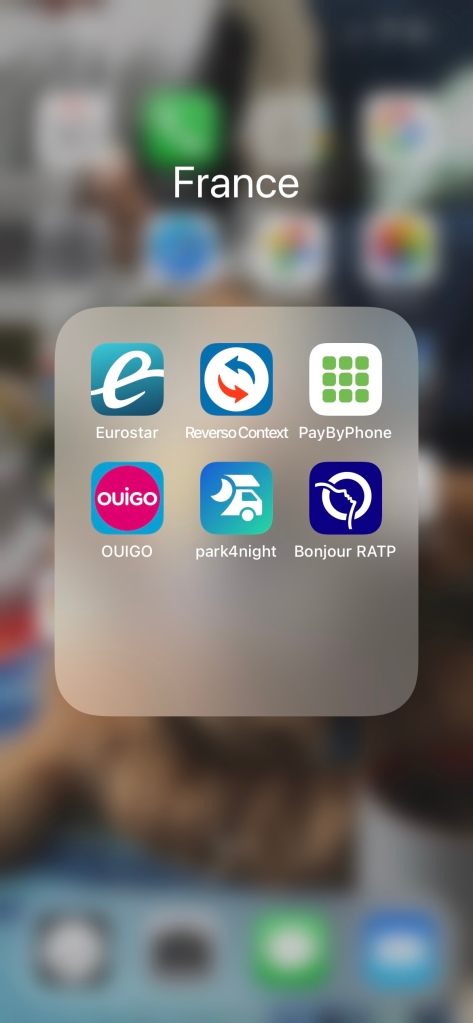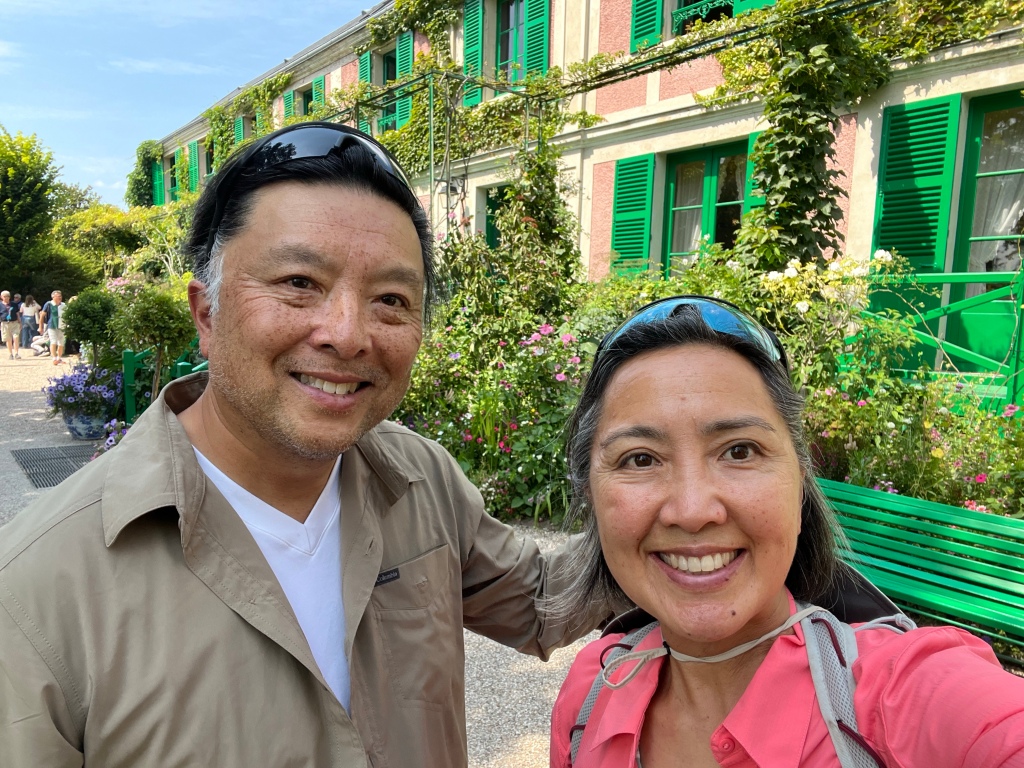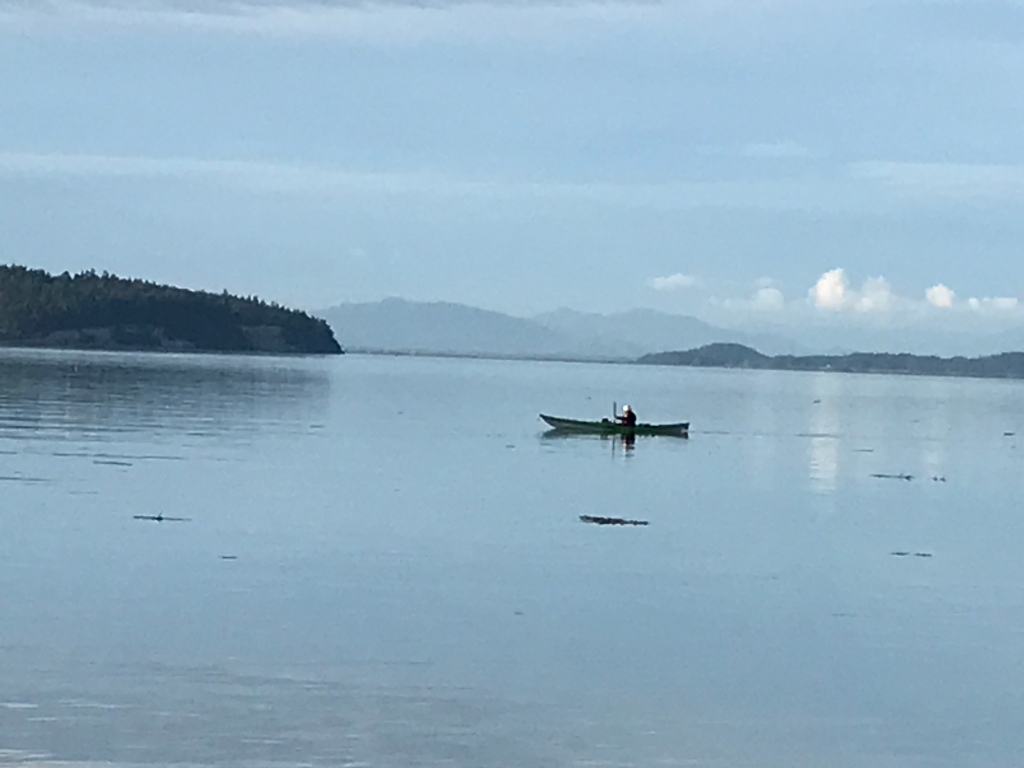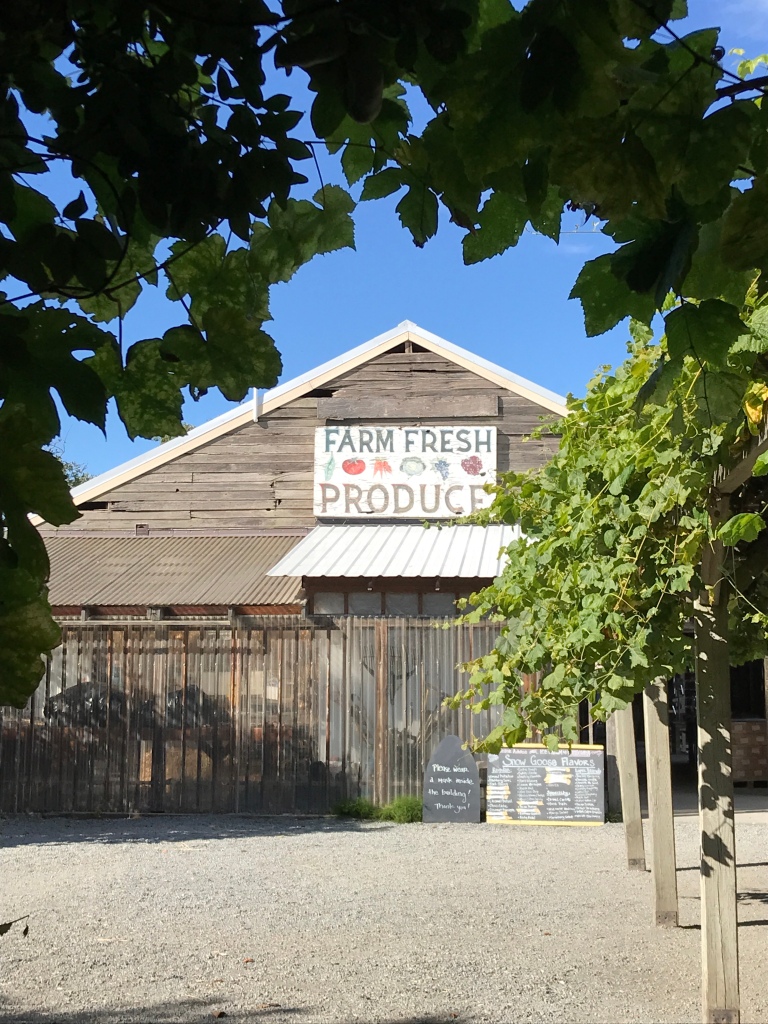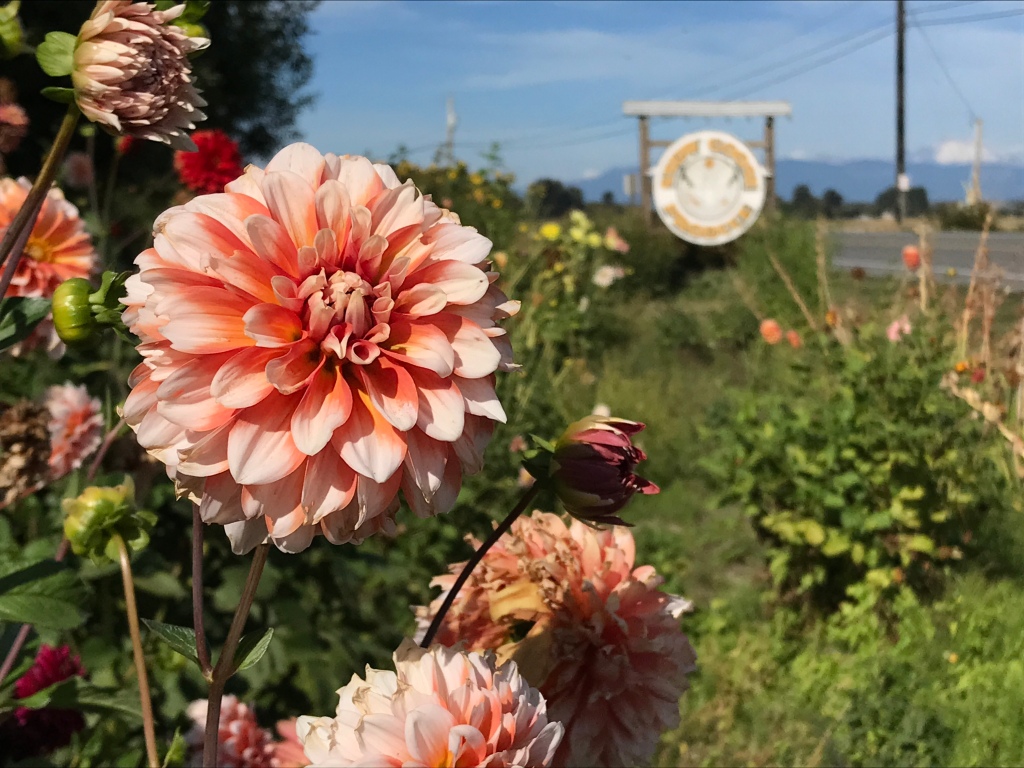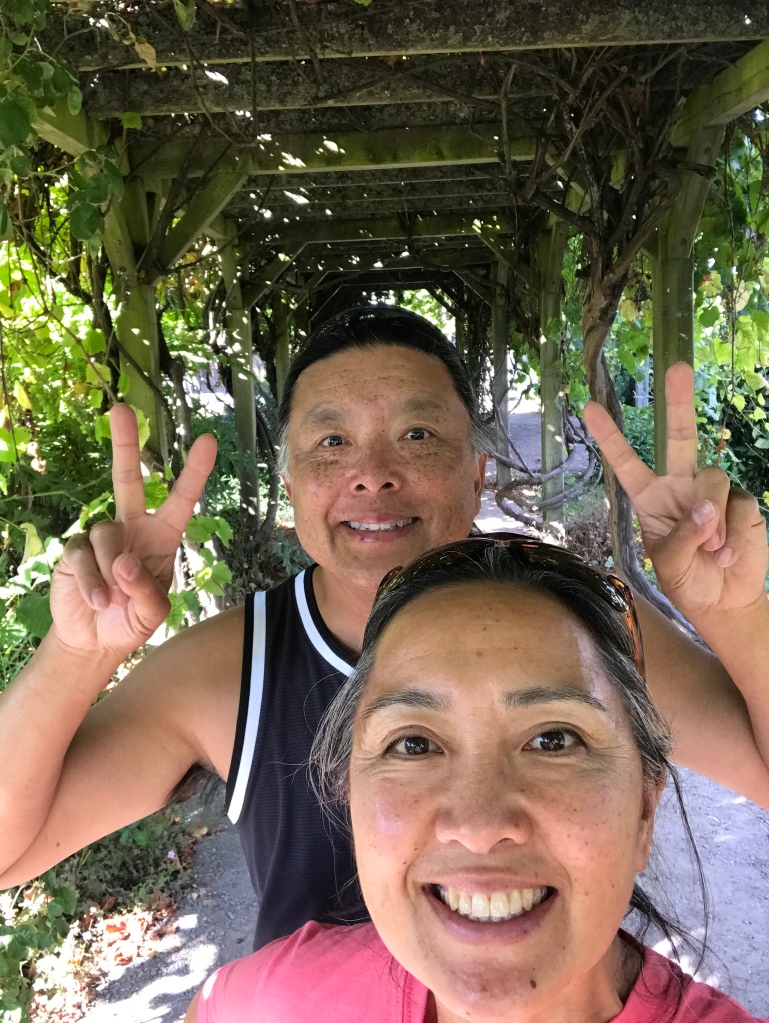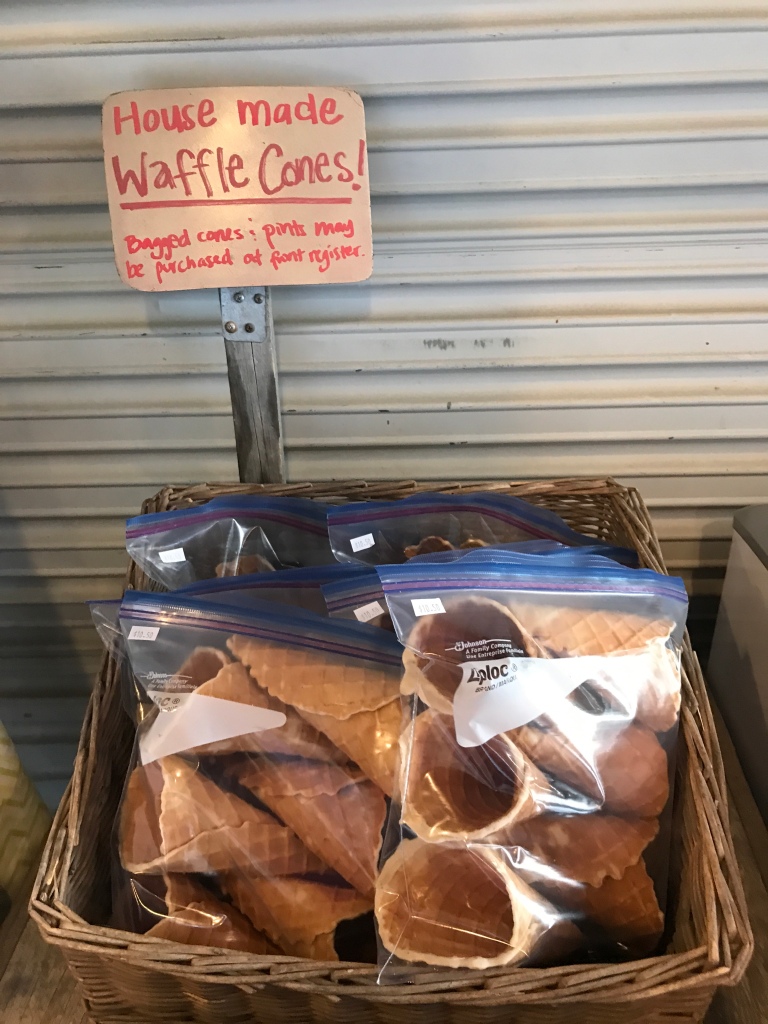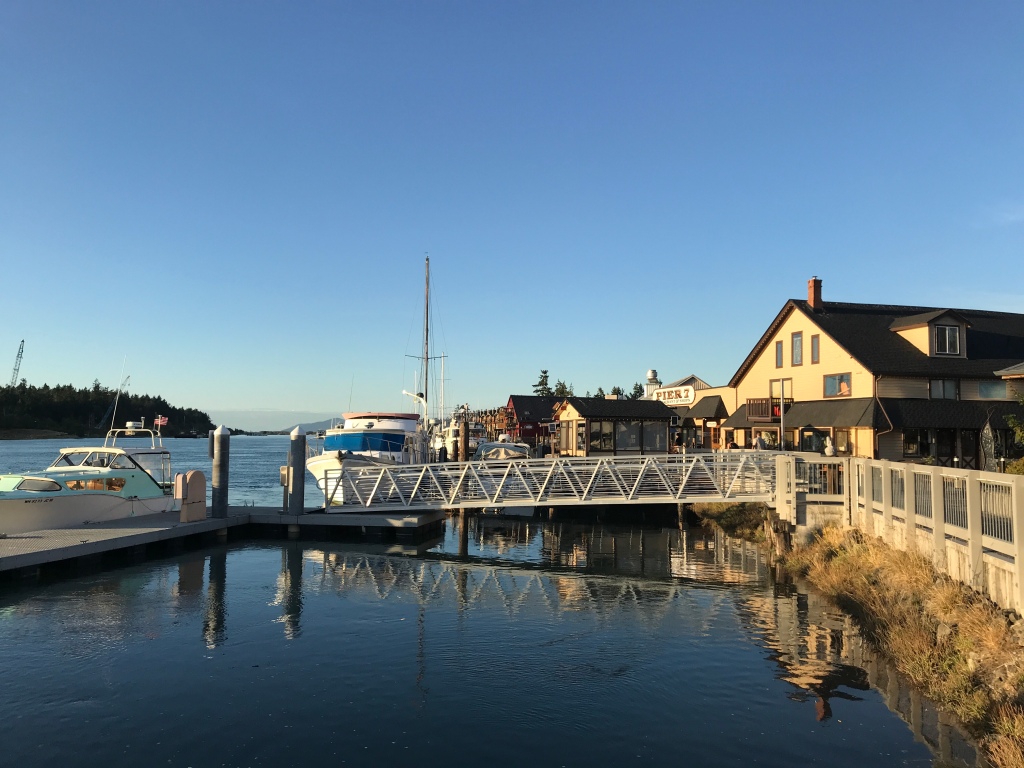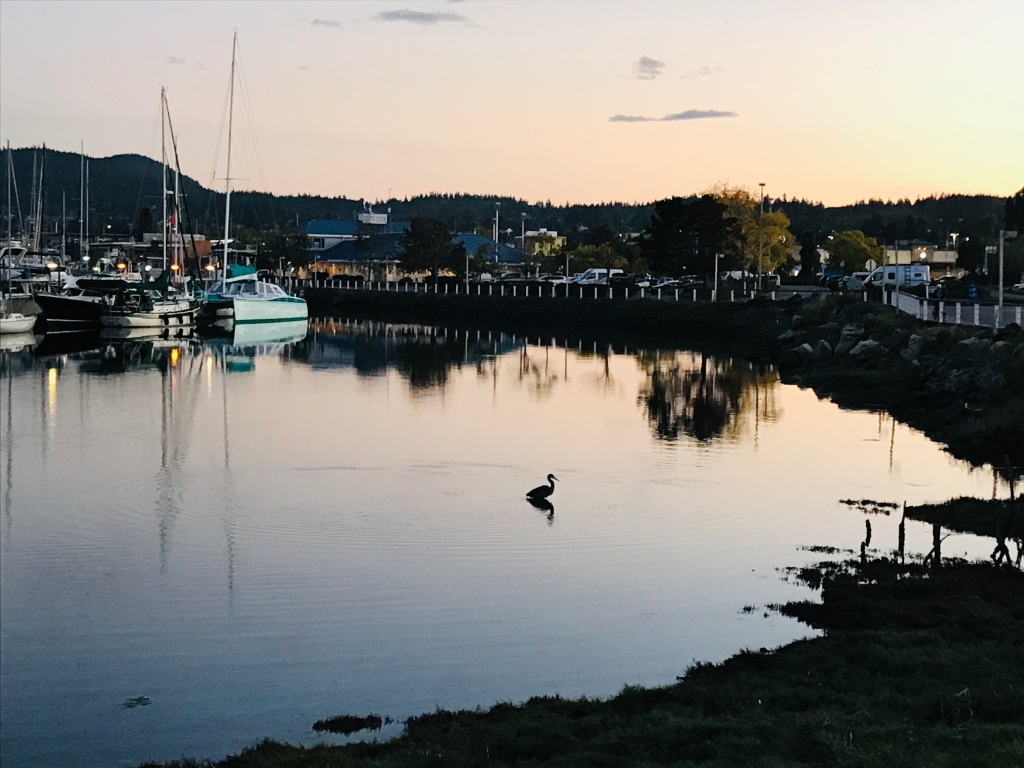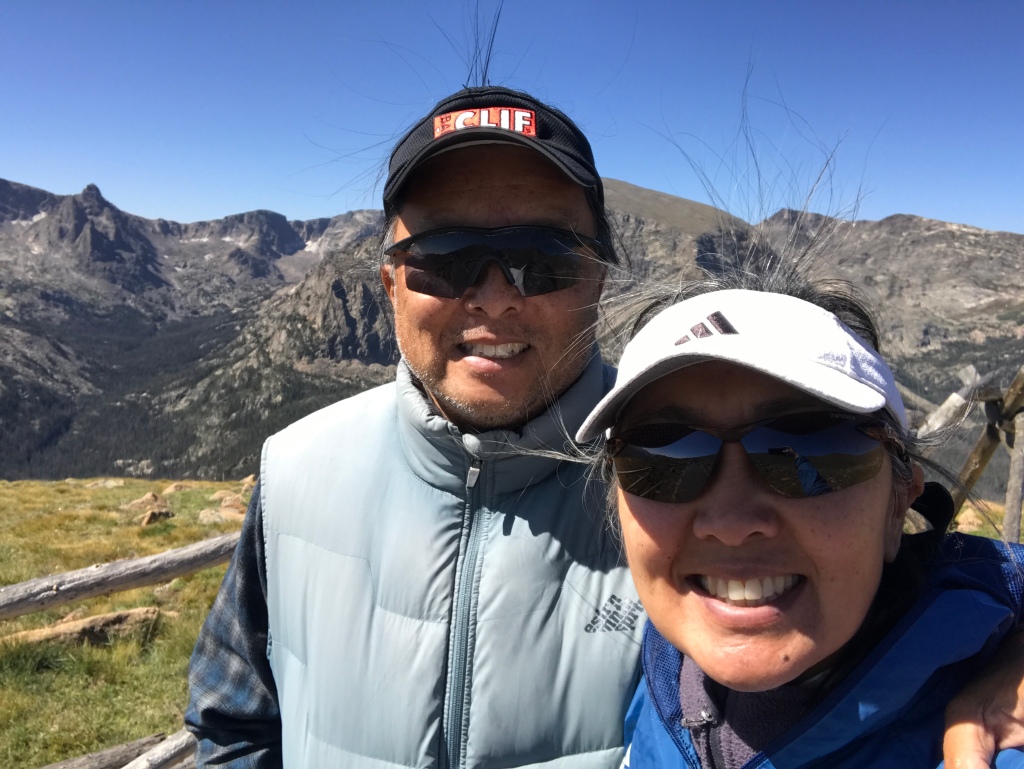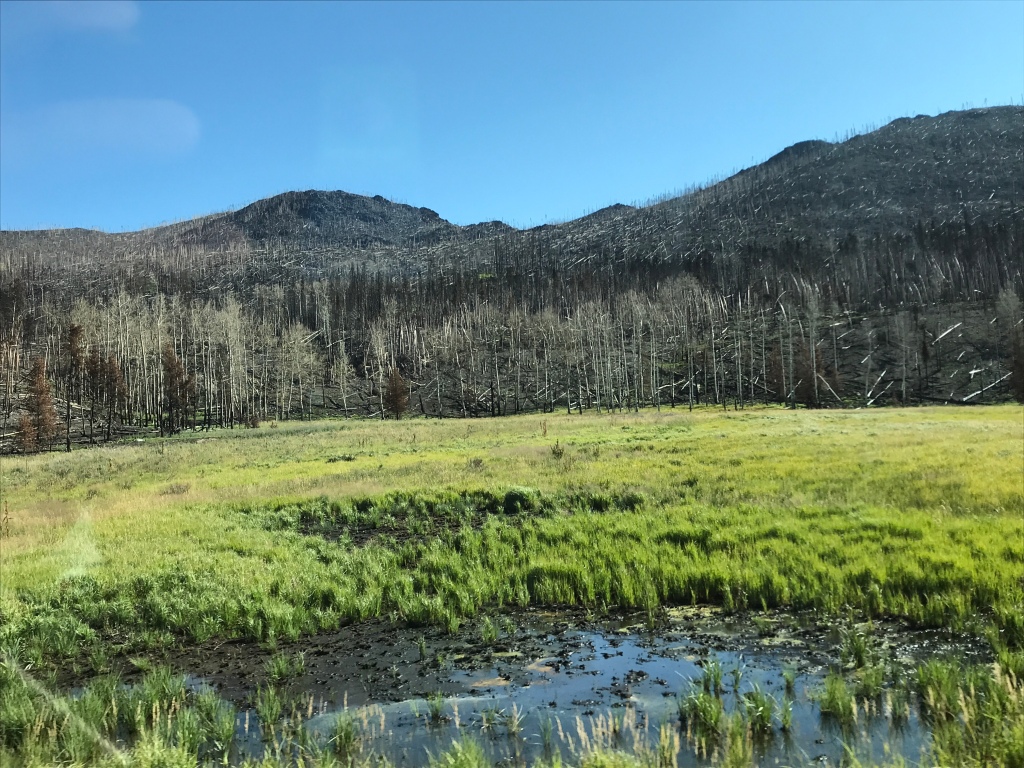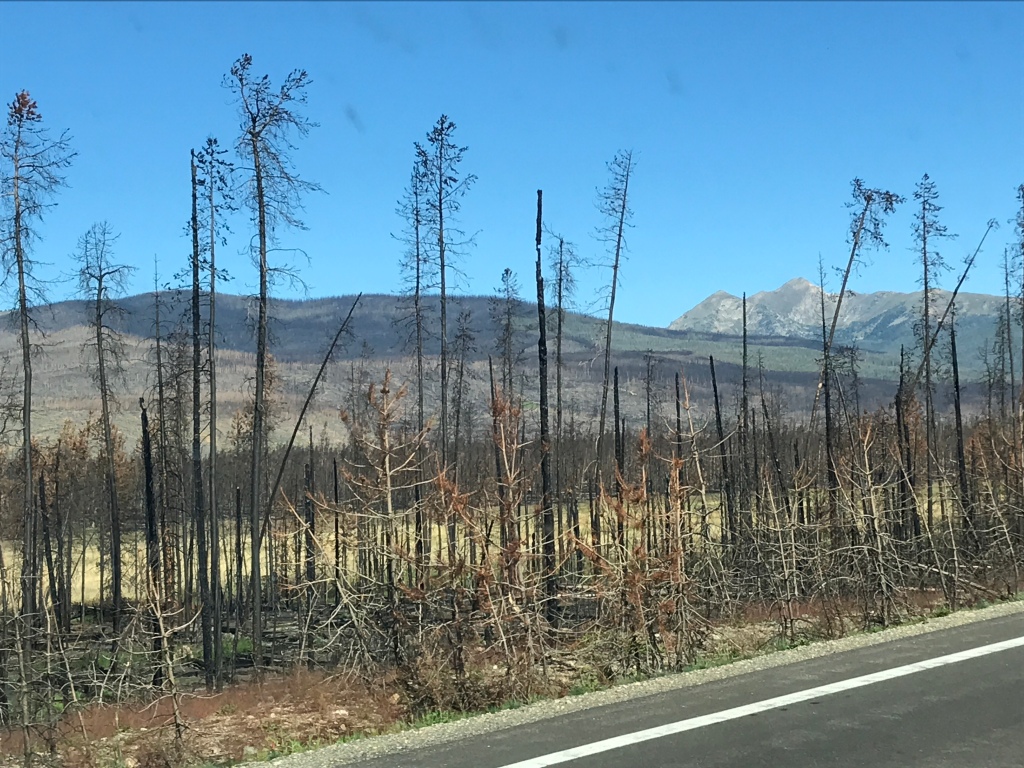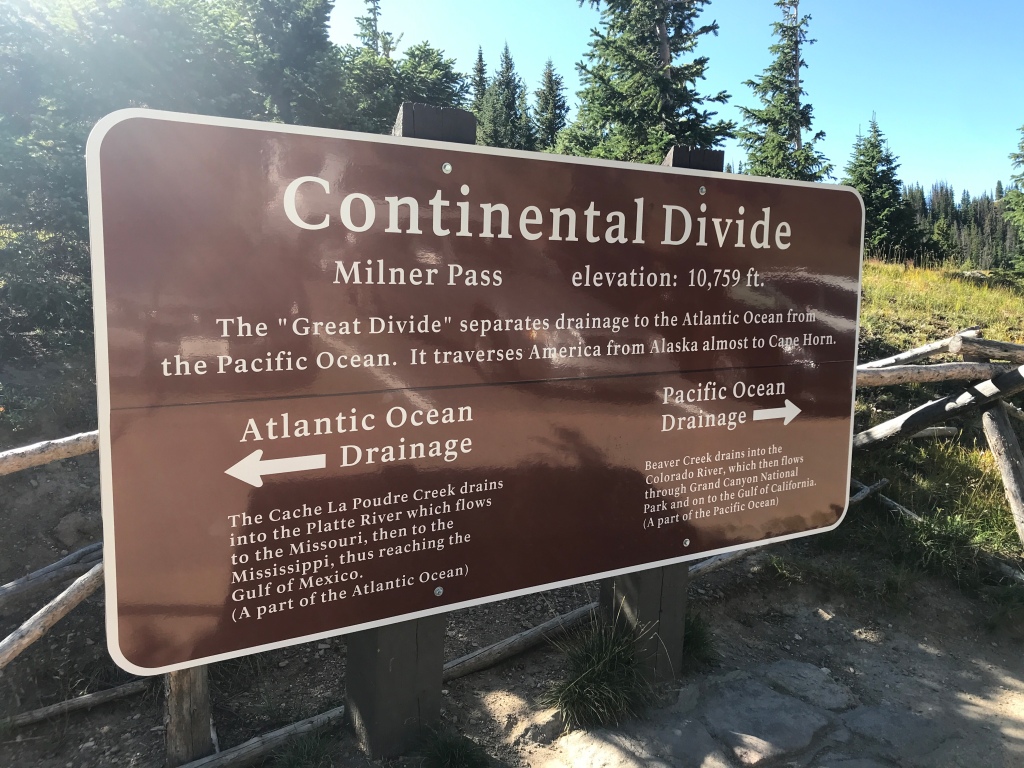While driving throughout Alaska, it surprised me how many free fishing spots there are in this wild state. Alaska produces more than half the fish caught in waters off the coast of the United States, with an average wholesale value of nearly $4.5 billion a year. Alaska’s fisheries are among the best managed, most sustainable in the world. (reference: Alaska NOAA Fisheries)

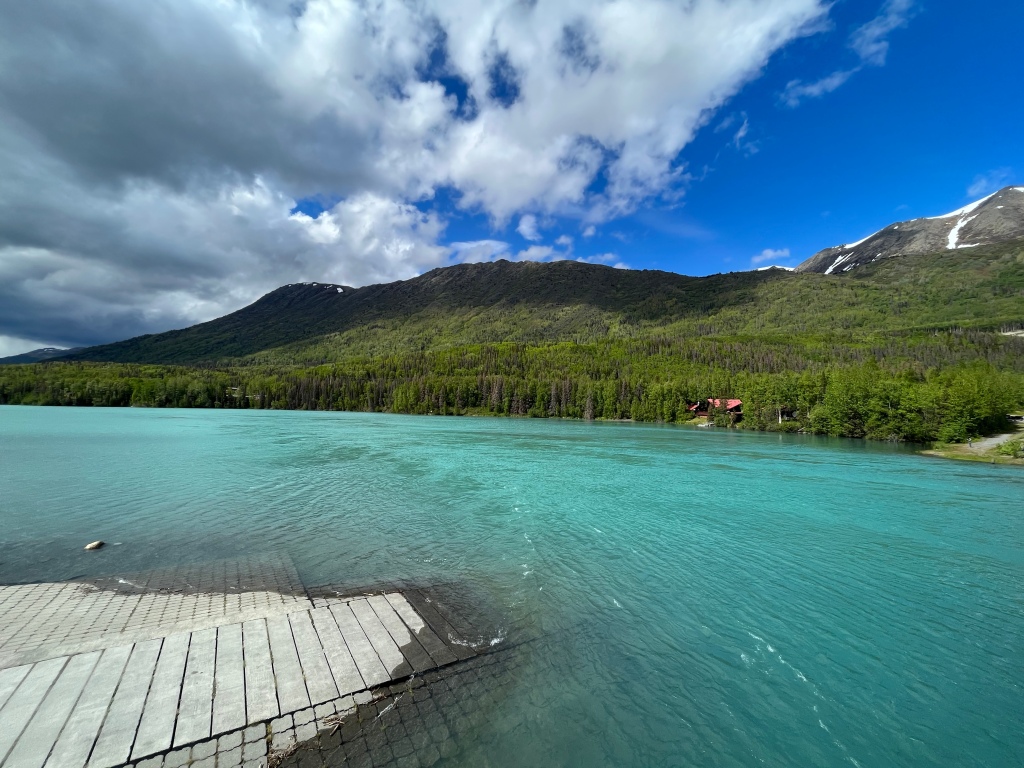

Every port town we wandered thorough amazed me with the large amounts of fish caught, the freshness of the fish and the massive size of their catch.



Annual fishing derbies bring out the most competitive fishermen. The record for the heaviest halibut for this season exceeded 300 pounds, caught by Frida, a female fisherwoman – You go Girl!

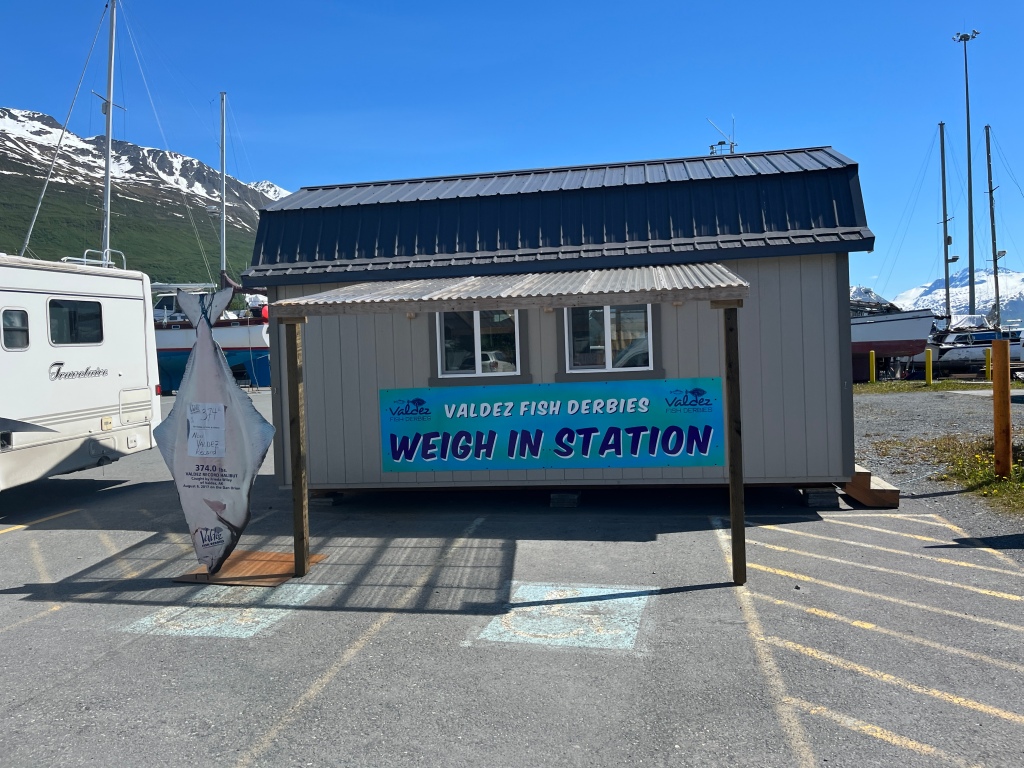
It is impossible to find fresh fish to buy at the docks as a direct consumer. Because of the volume of fish caught, the fish must be flash frozen and vacuum sealed immediately to keep its freshness. All fish for sale are previously frozen. Instead of cooking fresh fish inside Wonder, we enjoy our halibut and salmon at restaurants.

On the road to Homer I thought about signing up for an all-day (twelve) hour charter boat for salmon, halibut and black cod. At the end of the day, I watched customers haul out their catch. Charter boat fishing expeditions range from the high of $450 to the low of $250 a day, which is only ½ the cost of this sport. Adding the cost for tips to the captain and crew, hiring a fish cutter to filet the fish, hiring a vacuum sealer, and finally shipping the fish home, would have of cost me close to $1,000 for the day. That’s expensive fish!
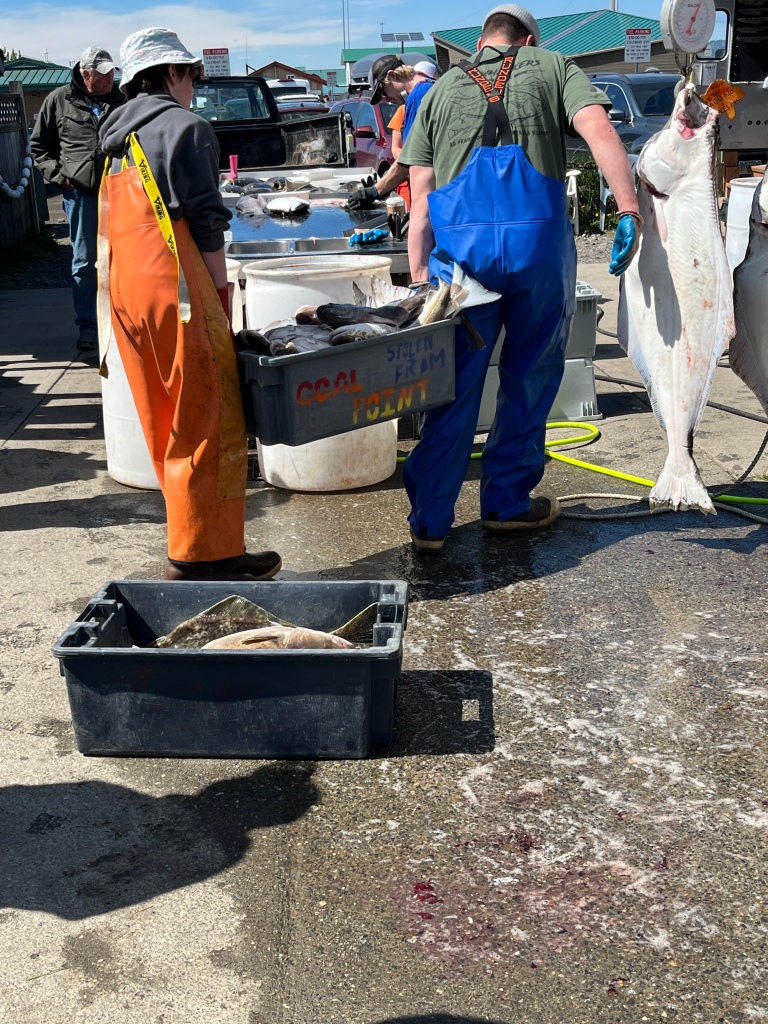

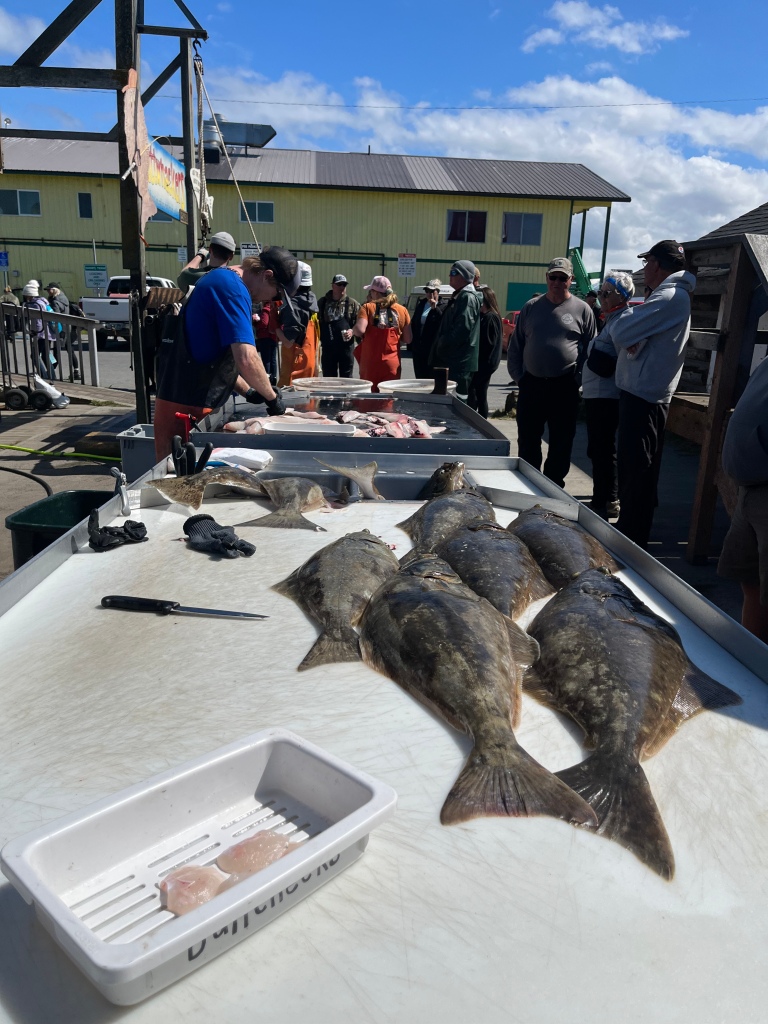
Someone in Alaska once told me, “You have to be a lawyer to fish in Alaska”. The fishing
regulations are complicated, extremely enforced and if you are caught violating the rules, you will be fined, your fishing equipment and gear seized, and possibly the seizure of the transportation vehicle carrying the contraband (Wonder)? I decided that I would not fish in Alaska without a fishing license.

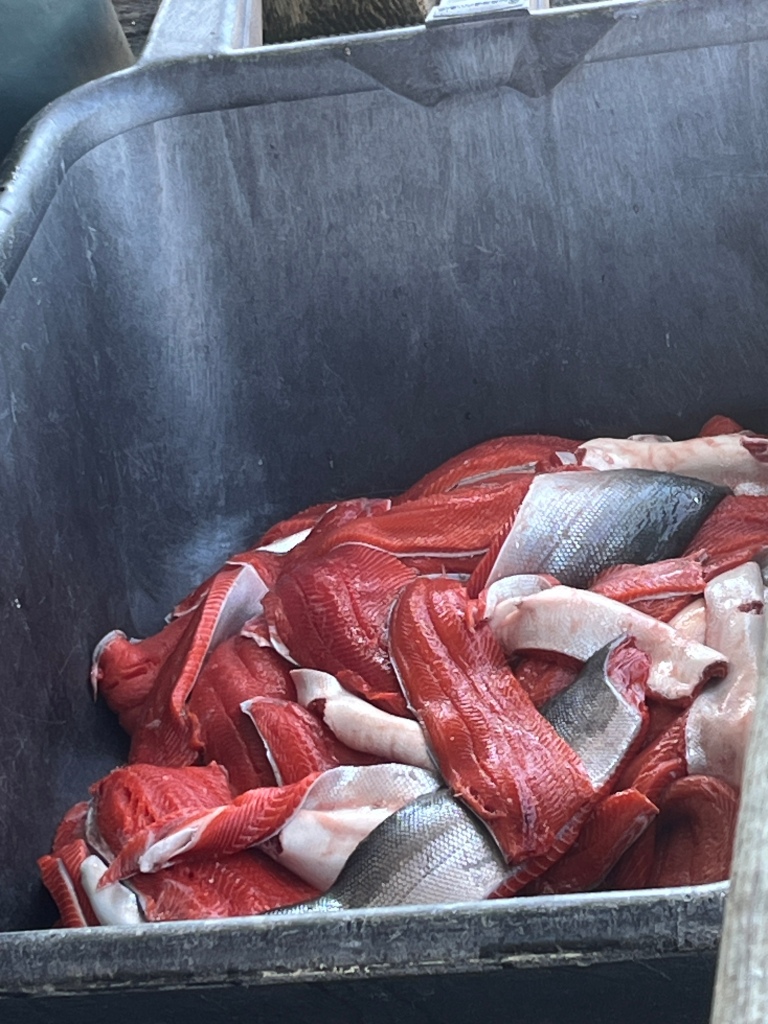

Wildlife sightings while driving to Alaska did not disappoint us. Most of Alaska’s highways have 40 feet of low brush clearings on both sides of highways. This helps drivers identify wildlife ahead and hopefully prevents auto and wildlife collisions. Driving head on with a 800 plus pounds moose or bear could be a bad day for Wonder. It’s sad news when the State of Alaska posts the count of bear and moose hits on the road. Annually, hits in Alaska range into the high hundreds. Luckily our 2 close encounters avoided hitting the animal.
We spotted the following throughout our twenty-five days of driving in Alaska, Yukon and British Columbia:
10 – black bears
2 – grizzly bears
7 – stone sheep
6 – moose and baby moose
1 – caribou
Herds buffalo but very few cows and horses


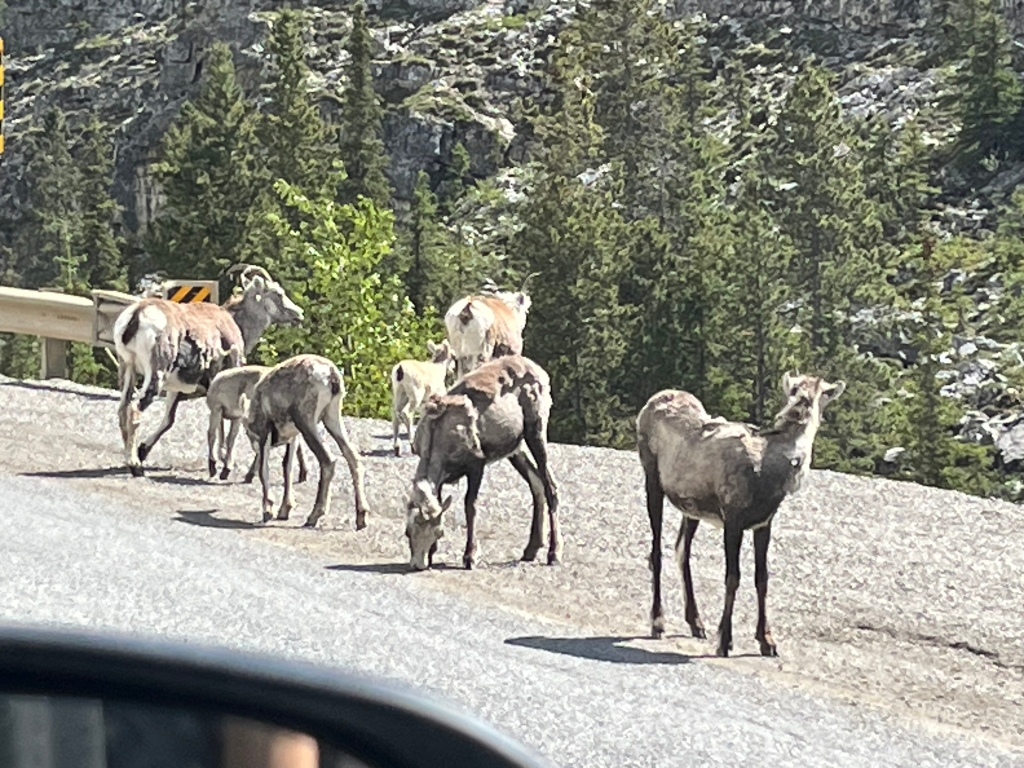
Be careful on the roads, stay alert and slow down for wildlife!


